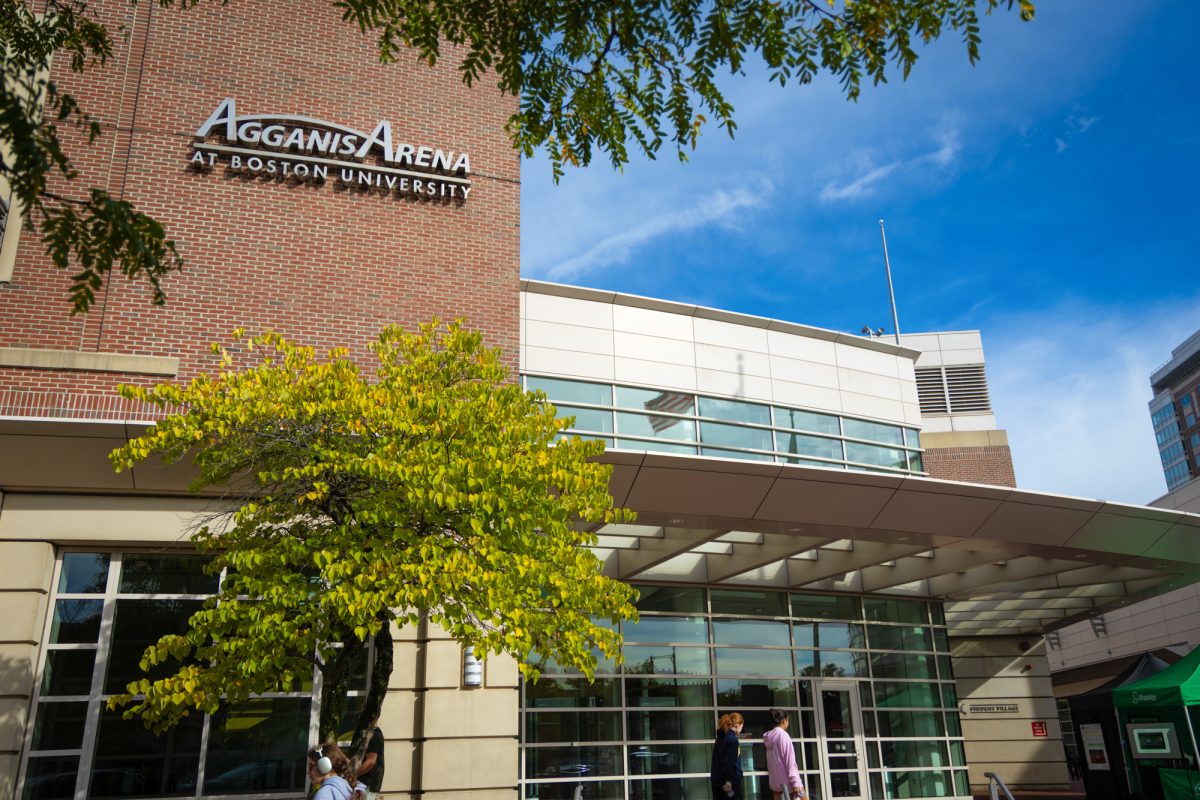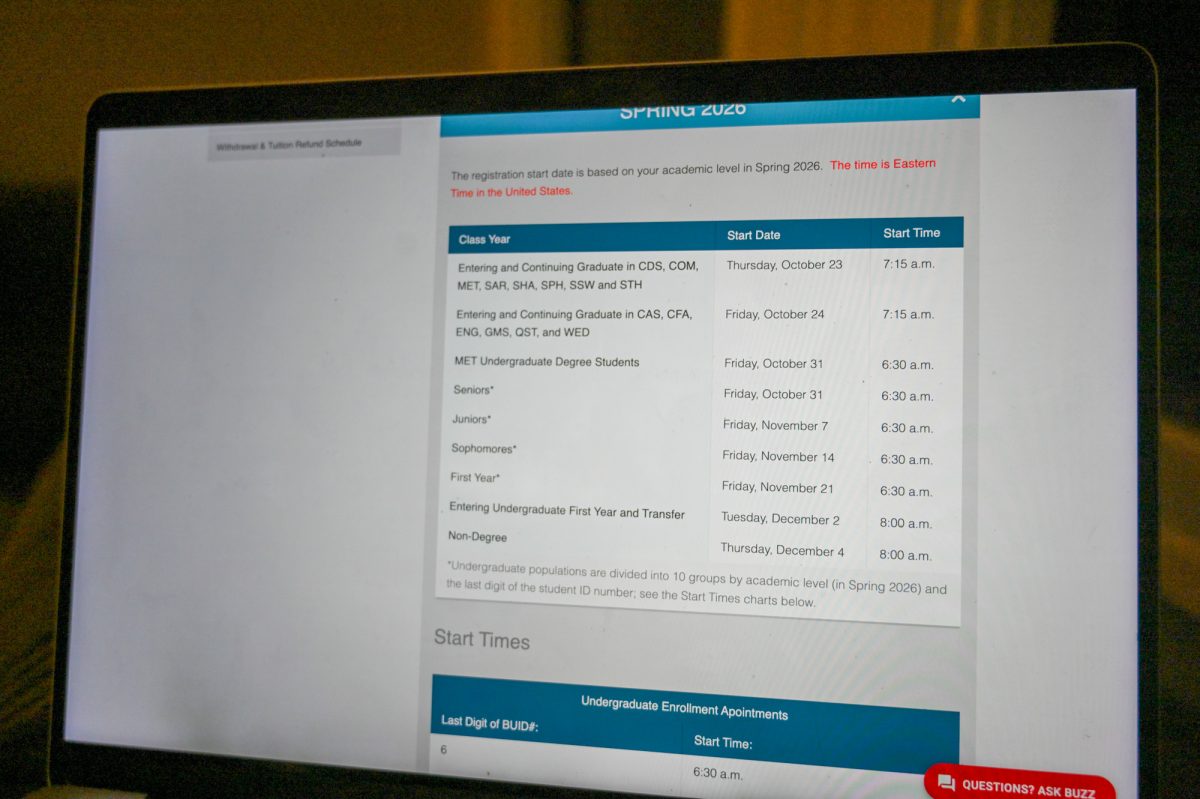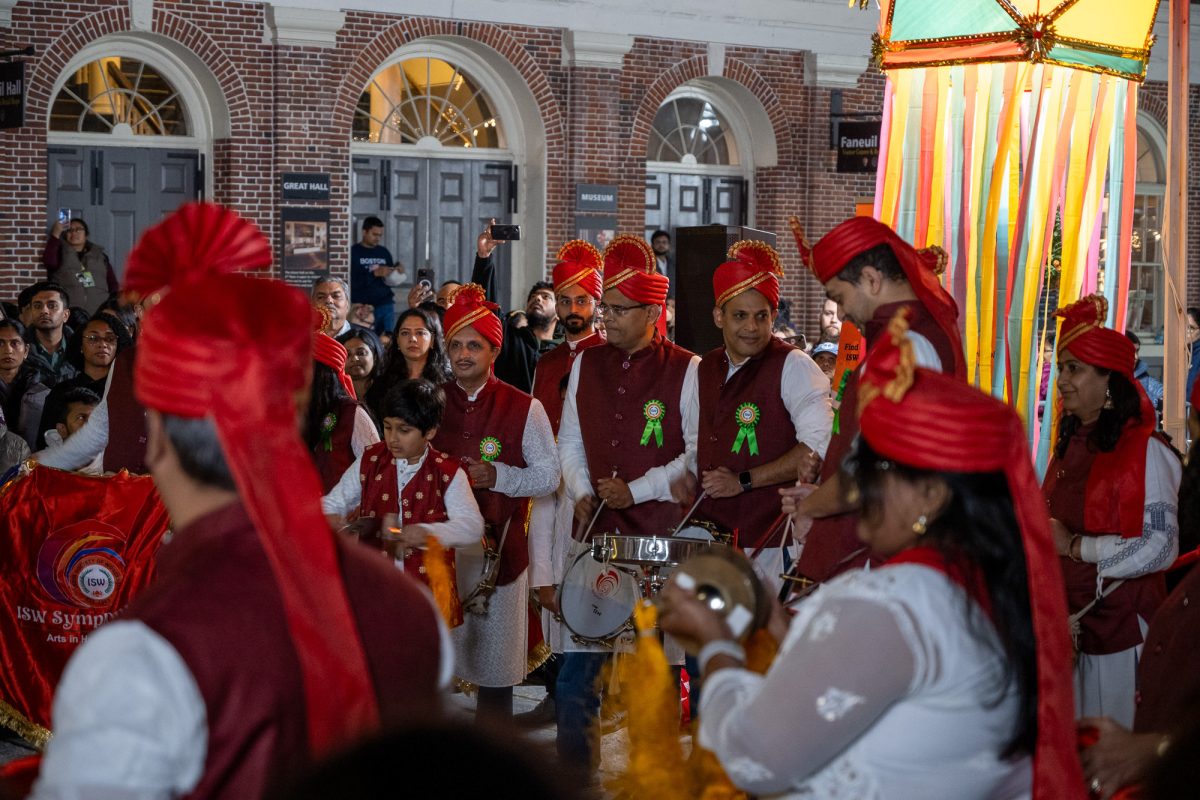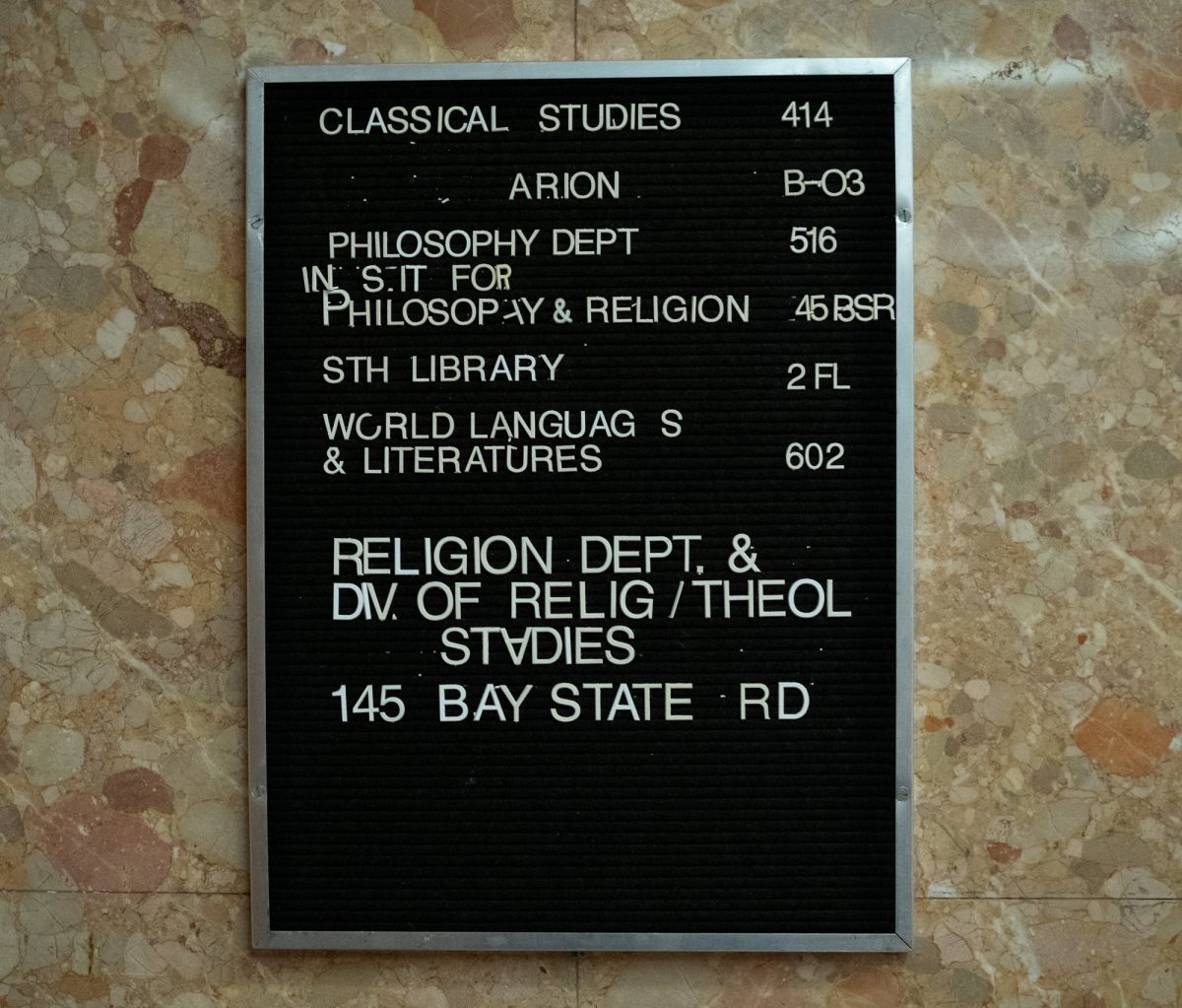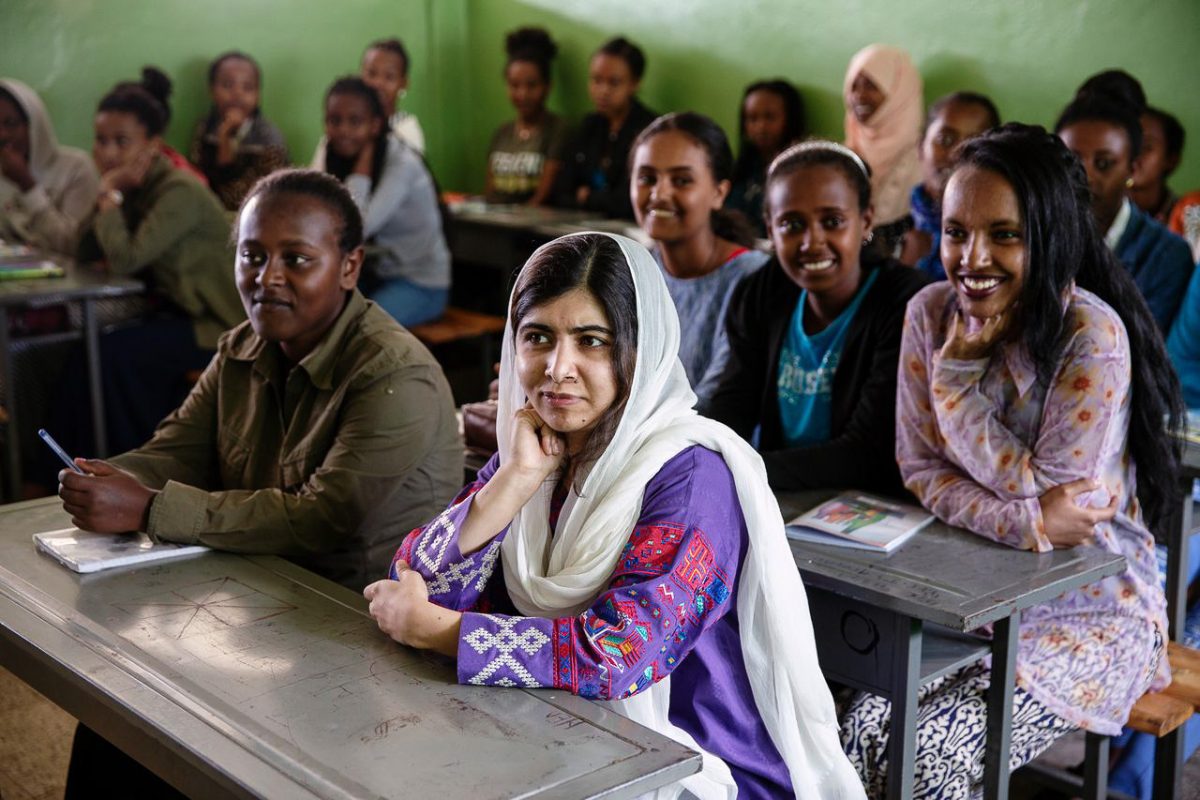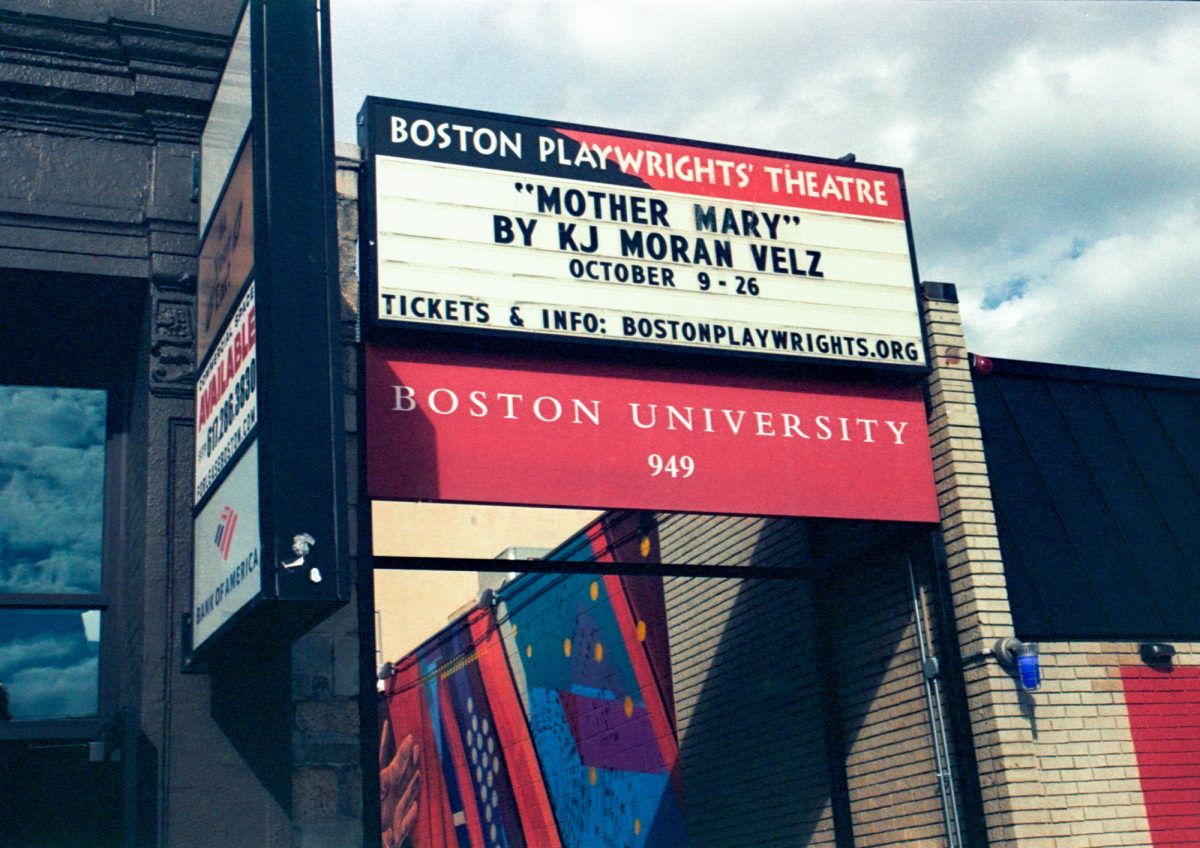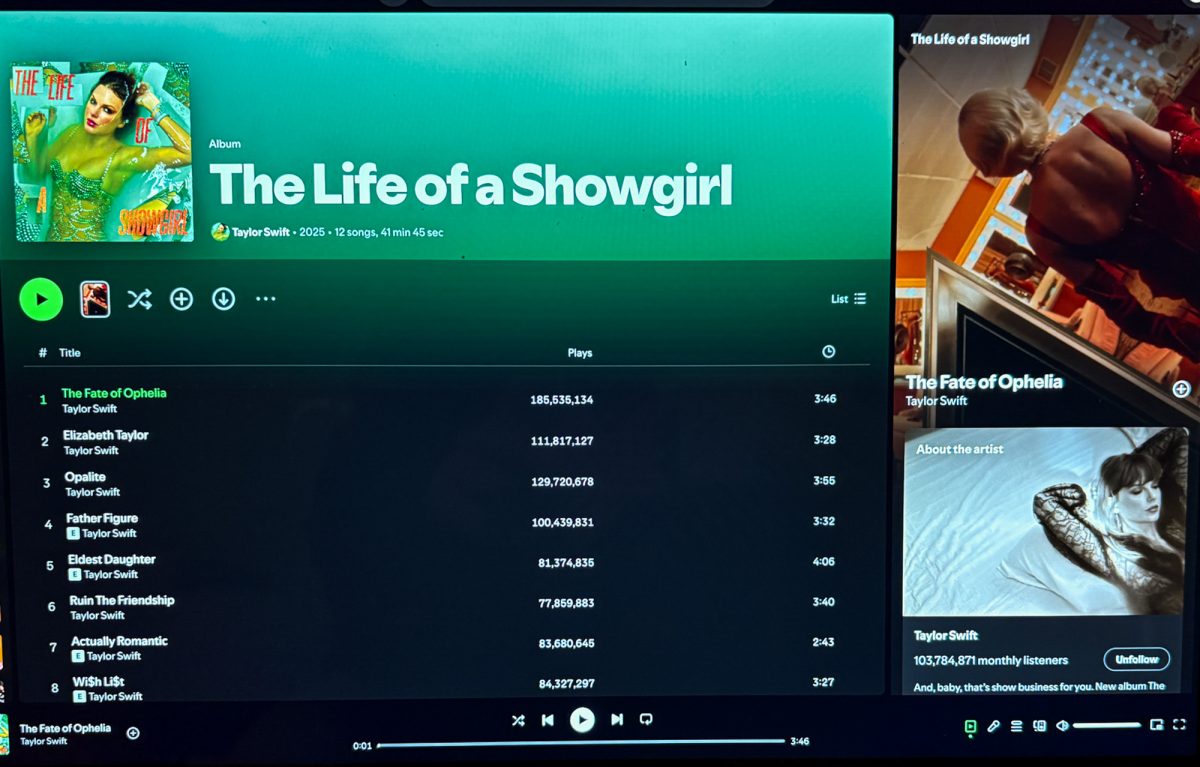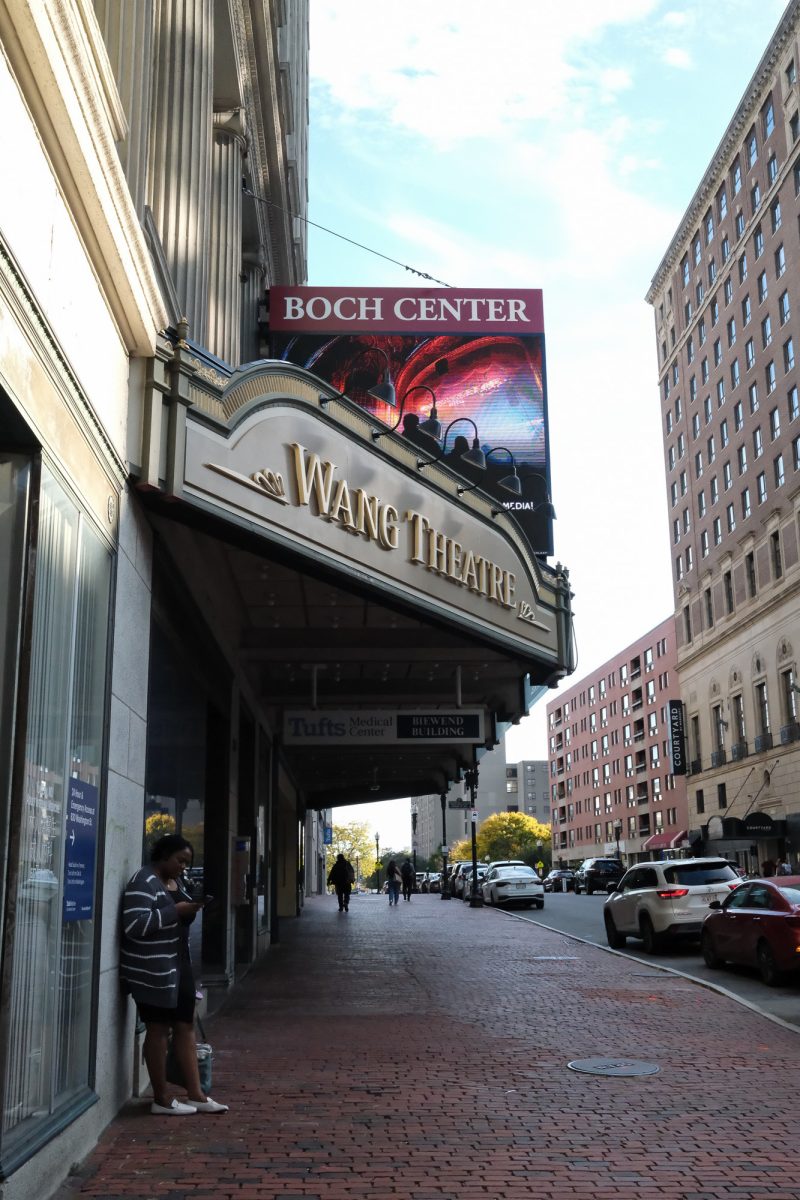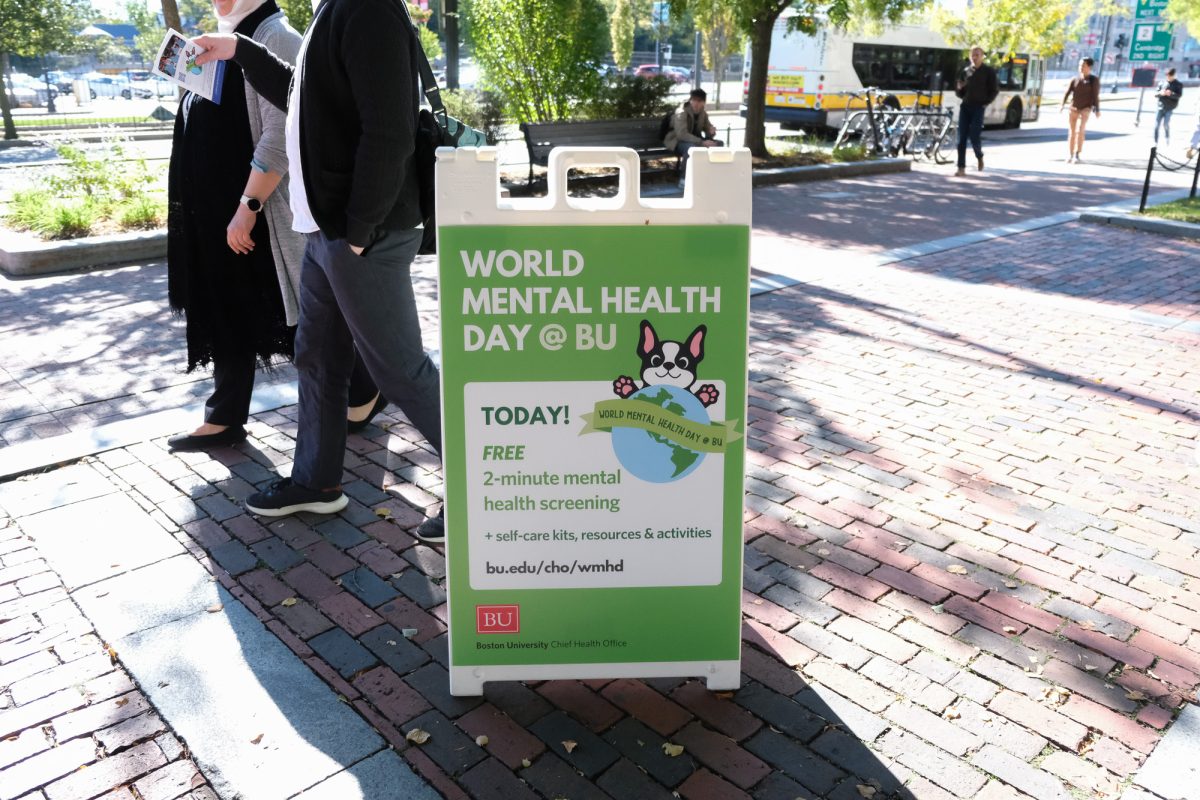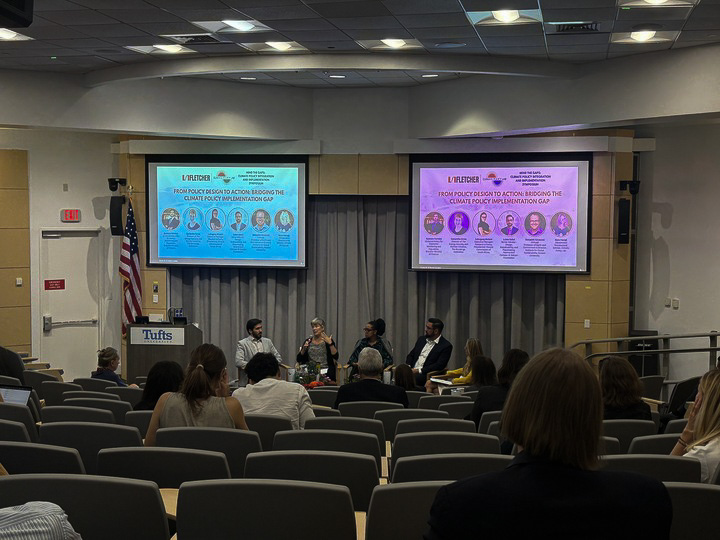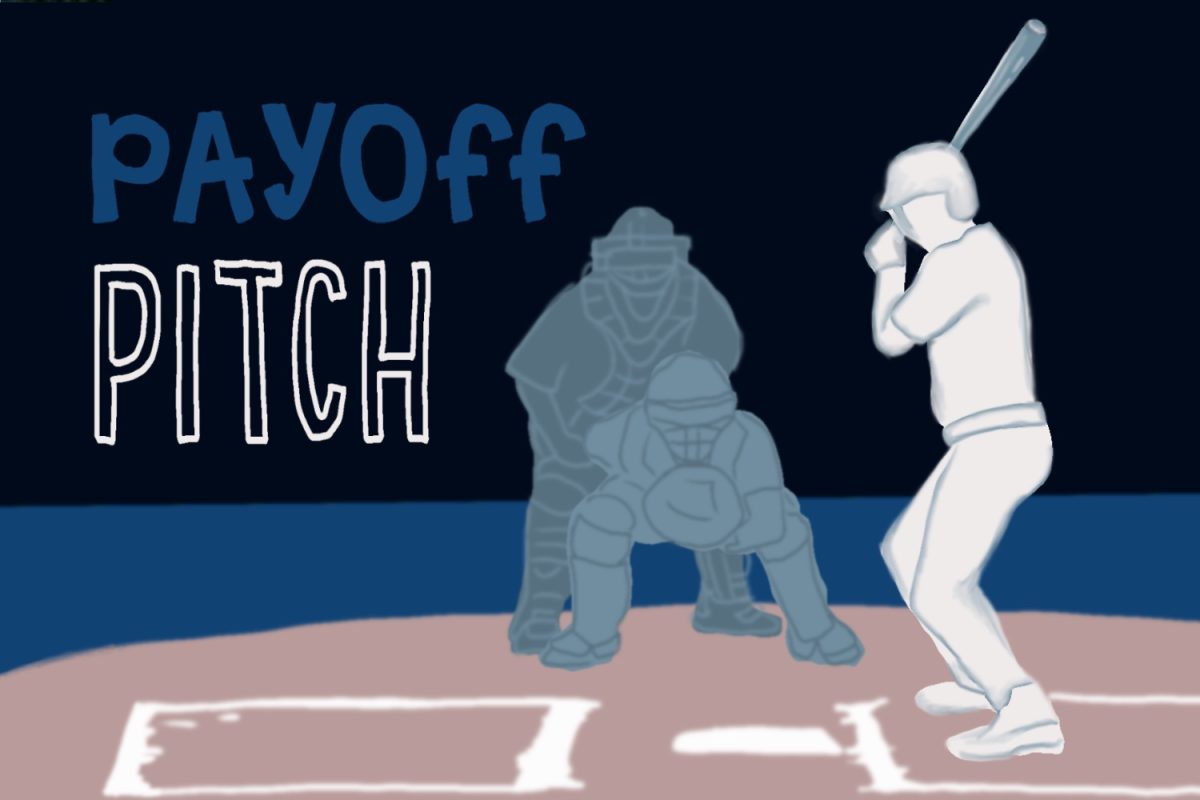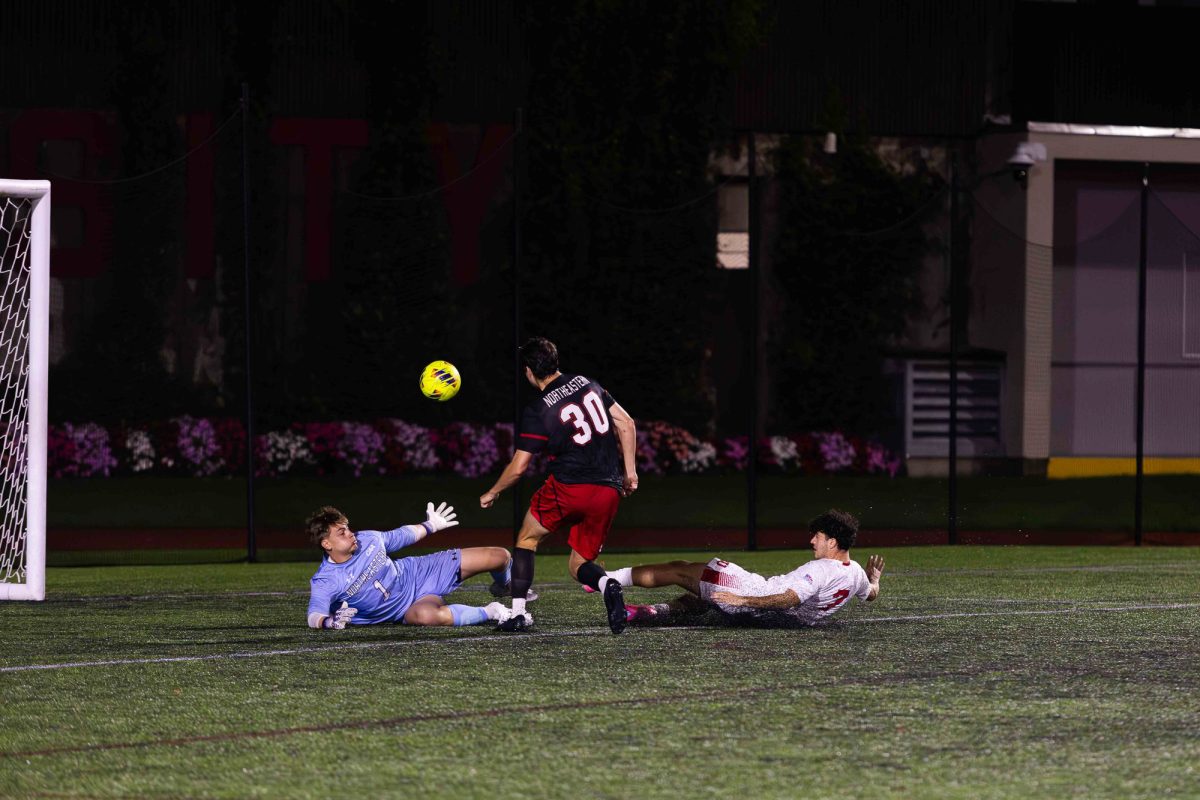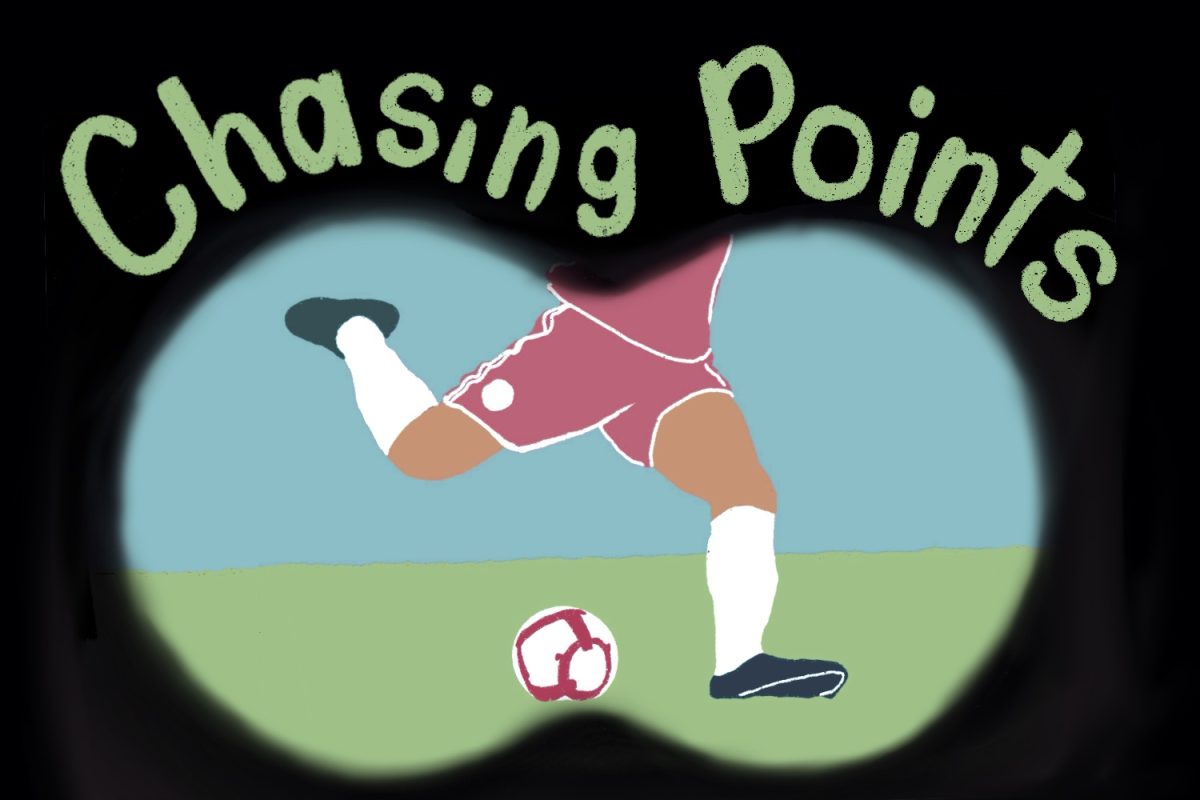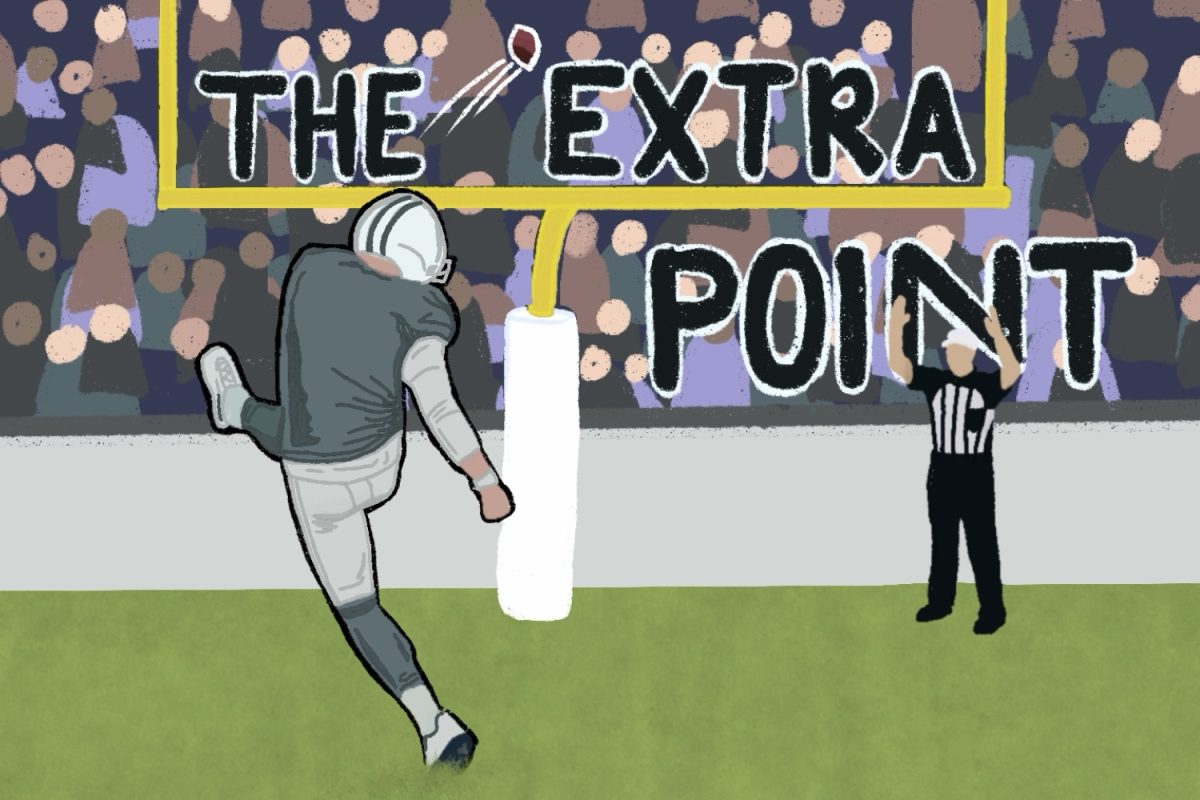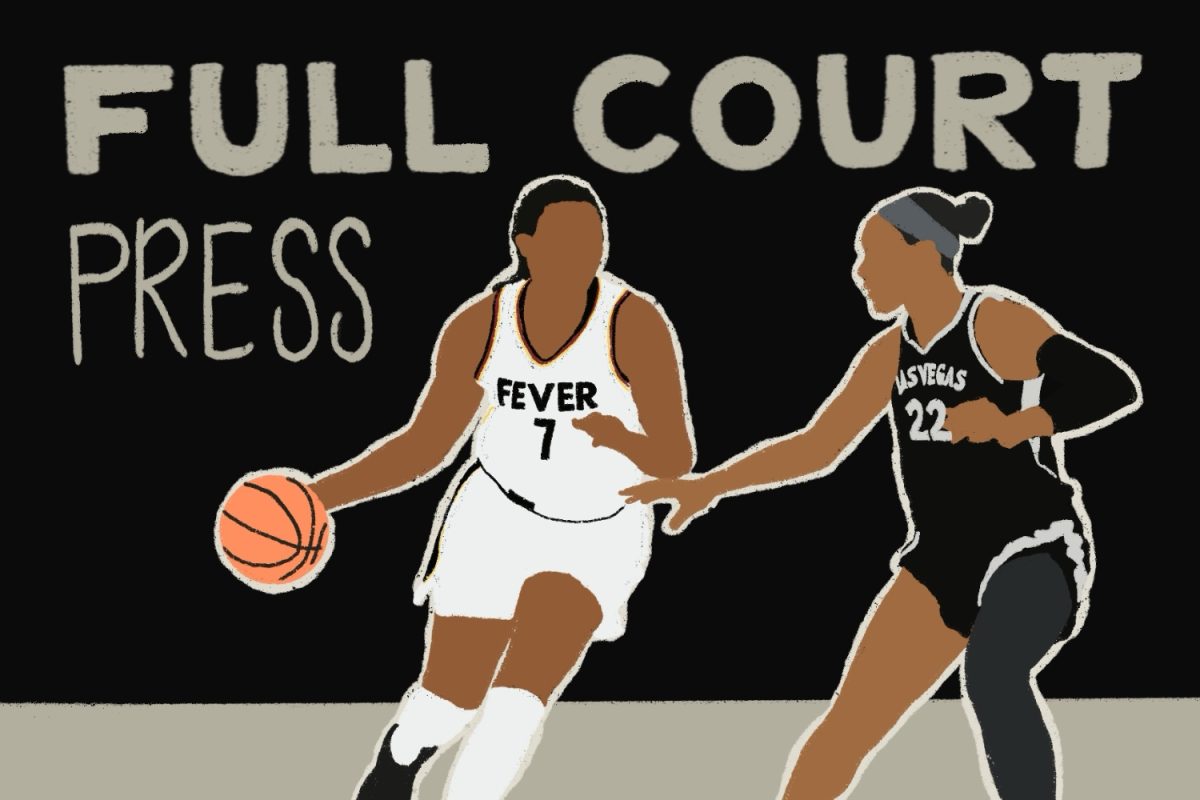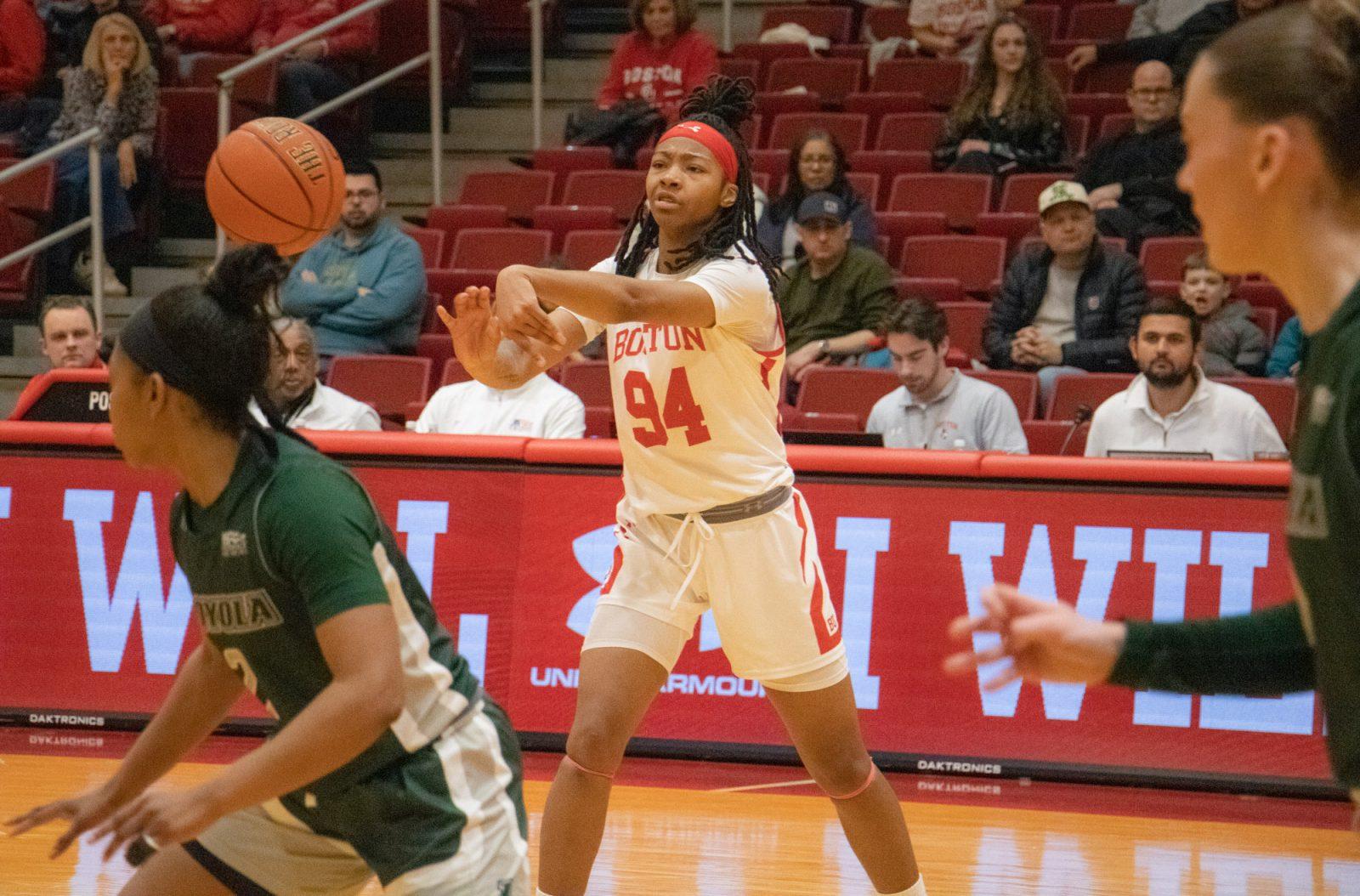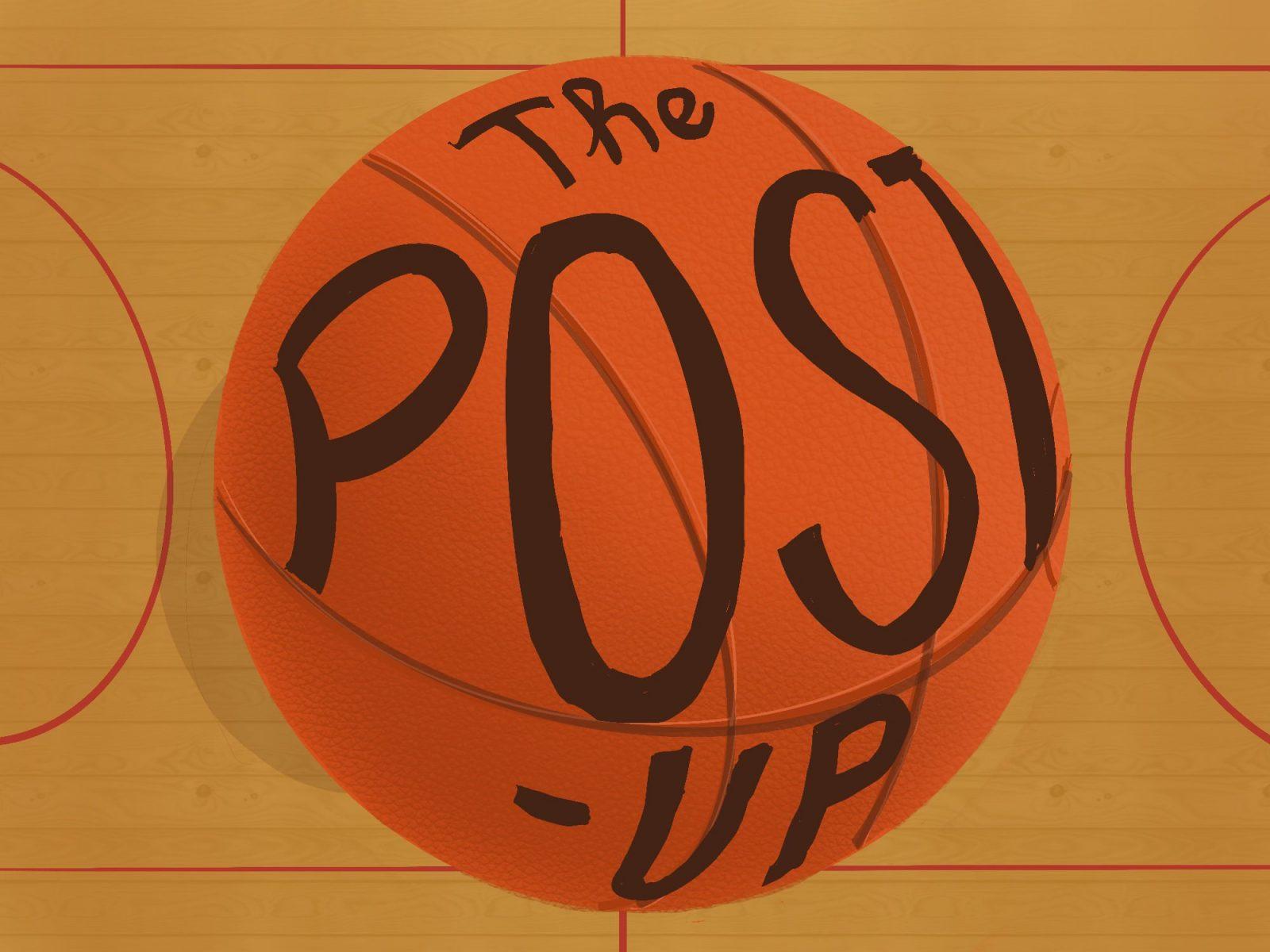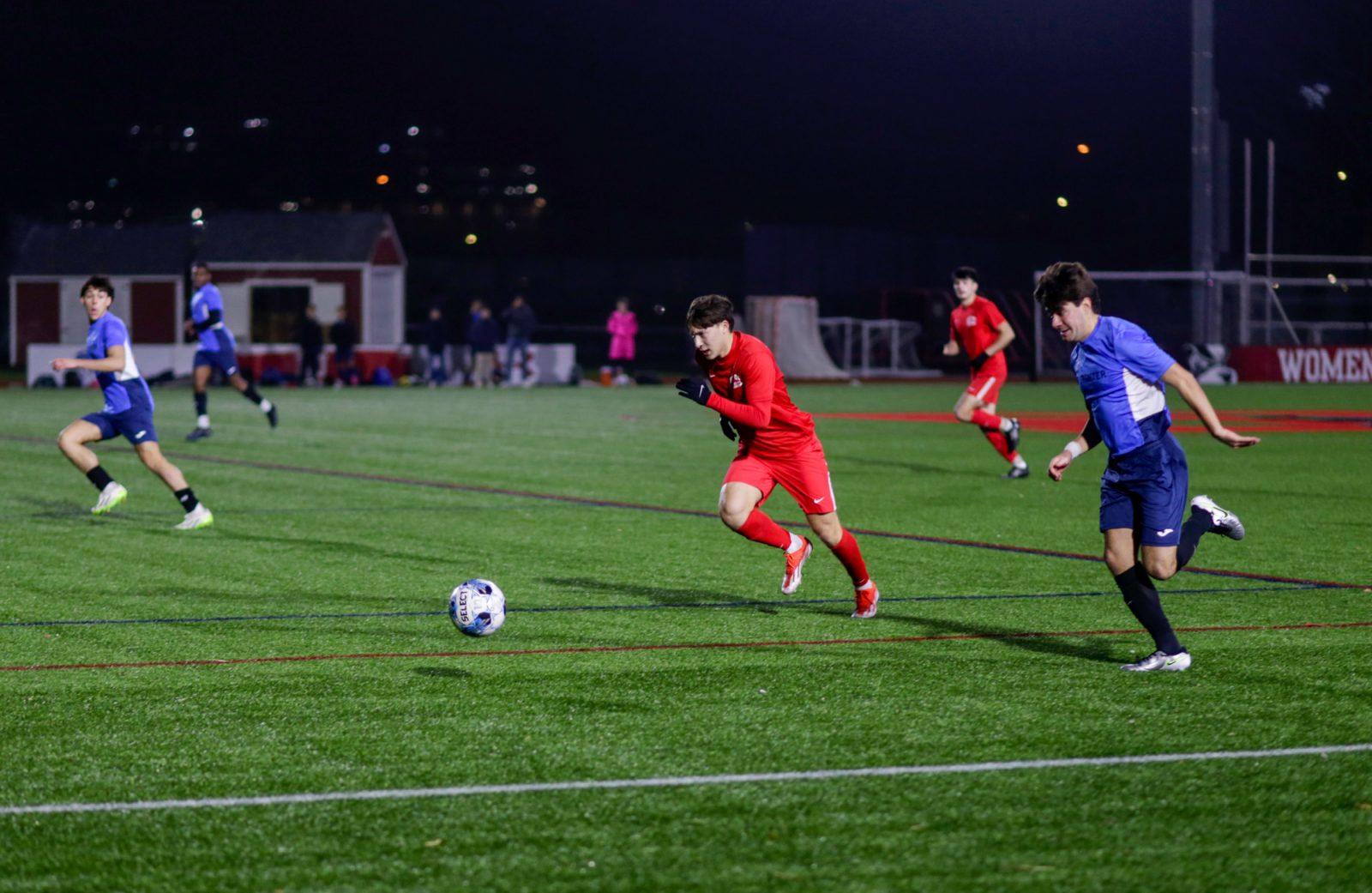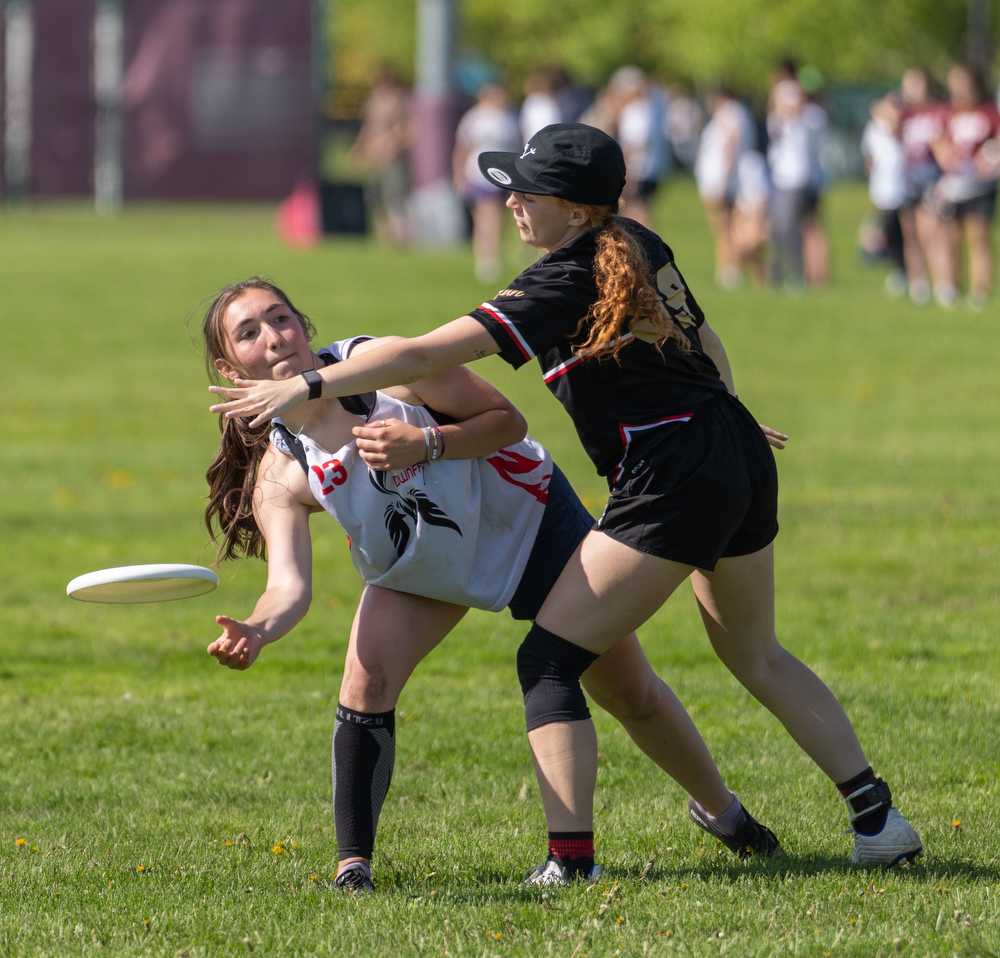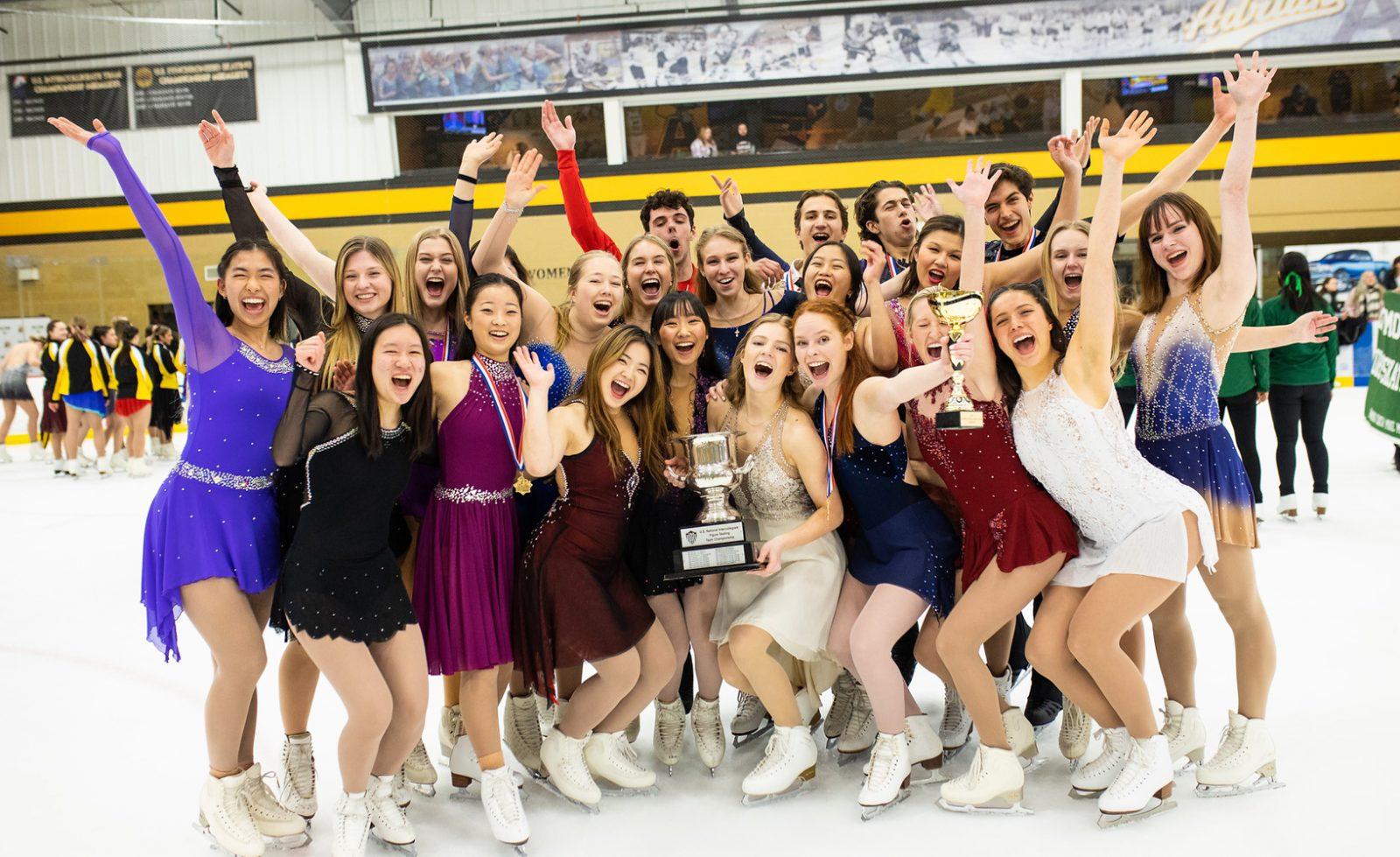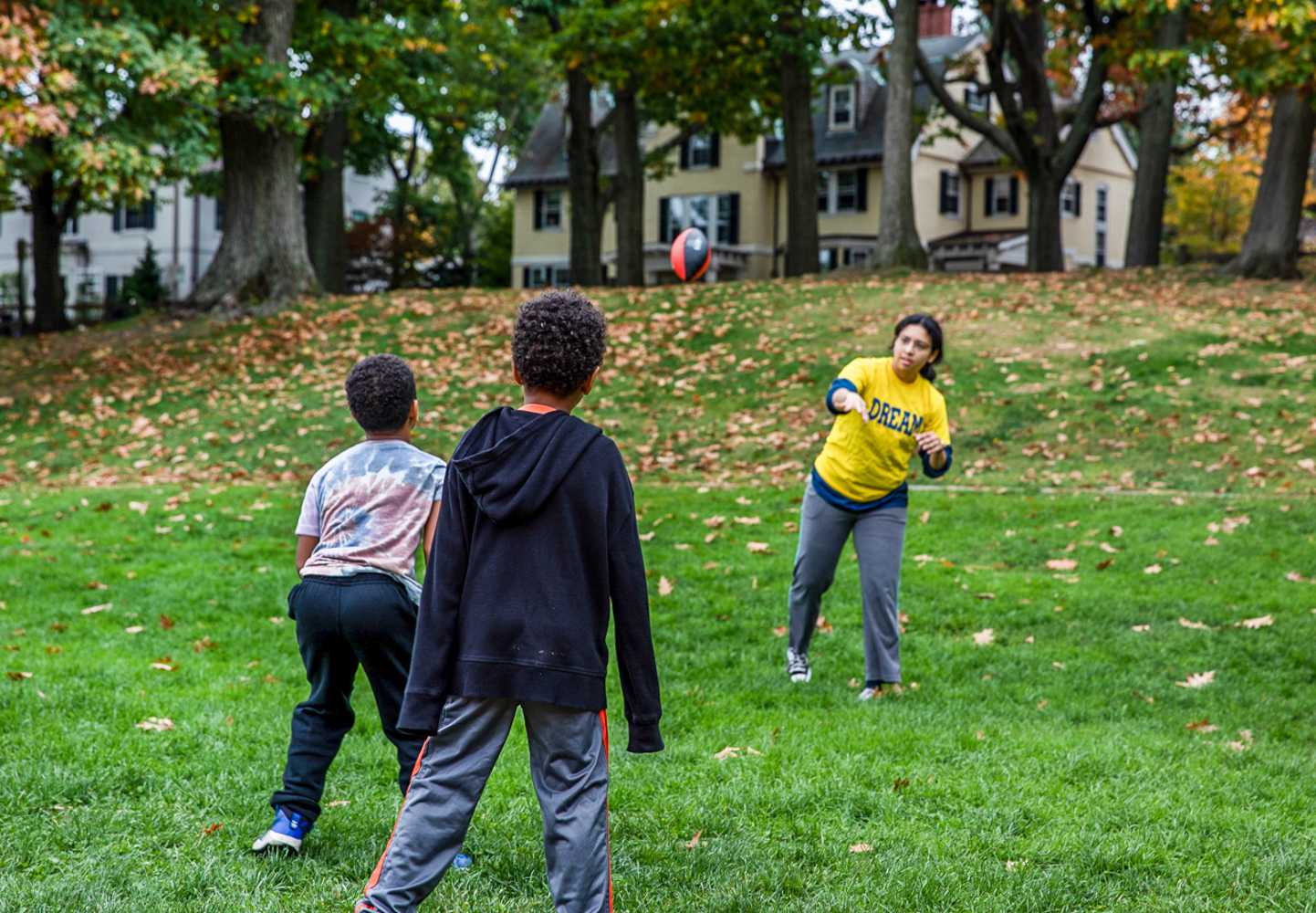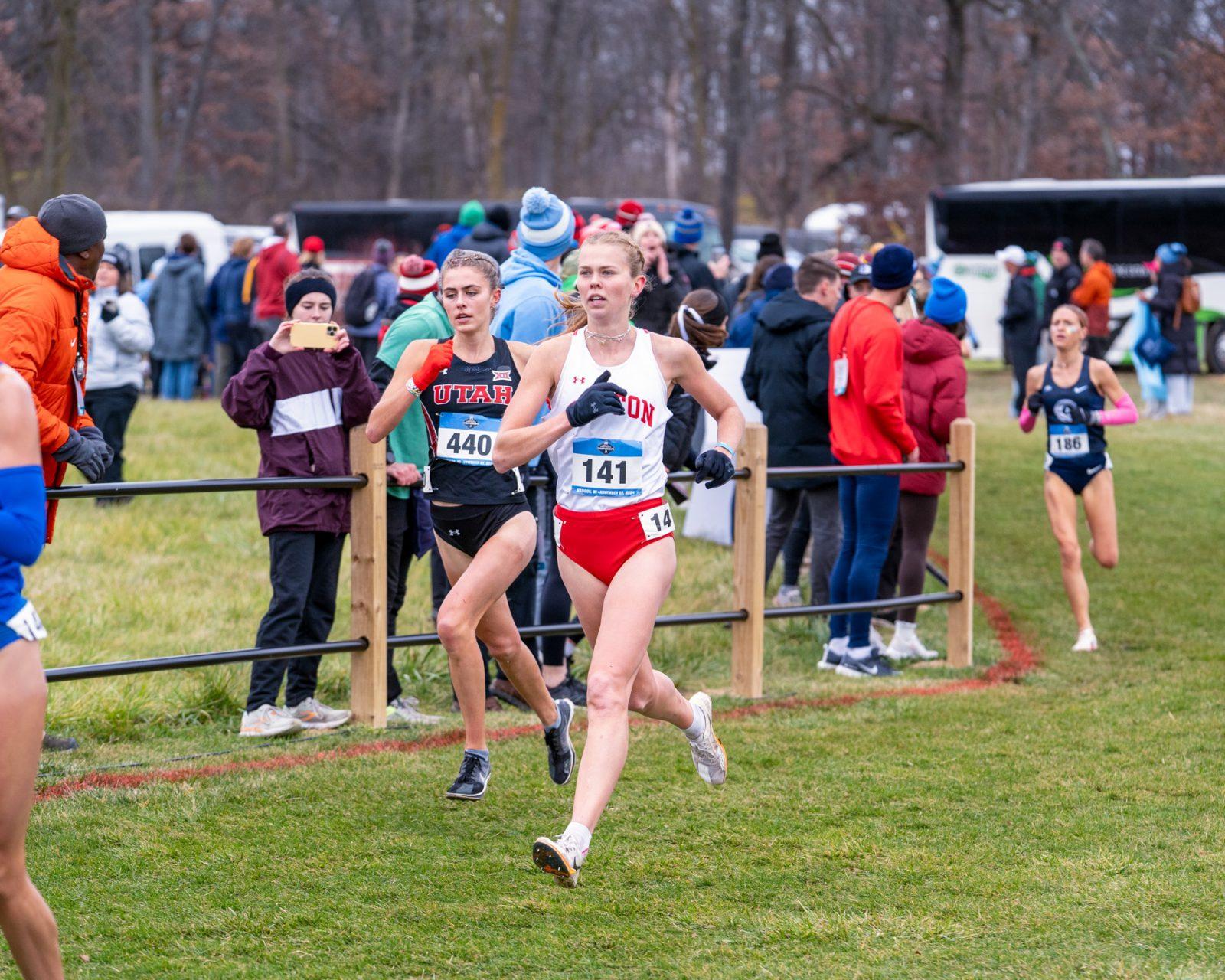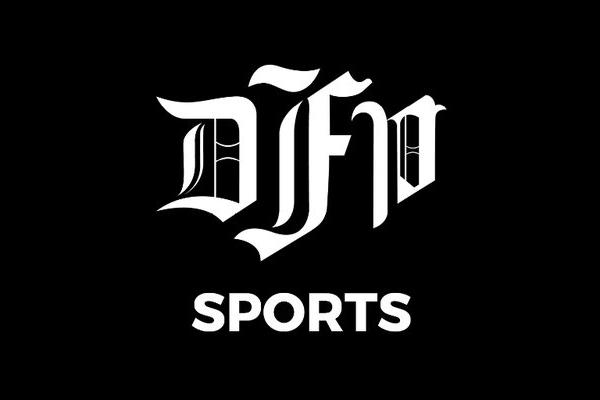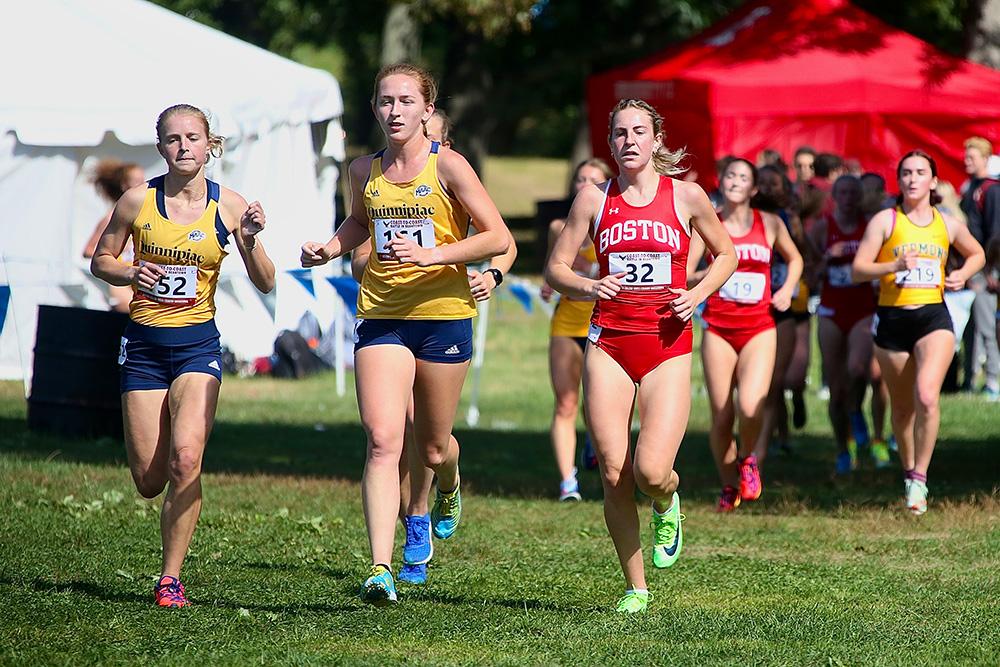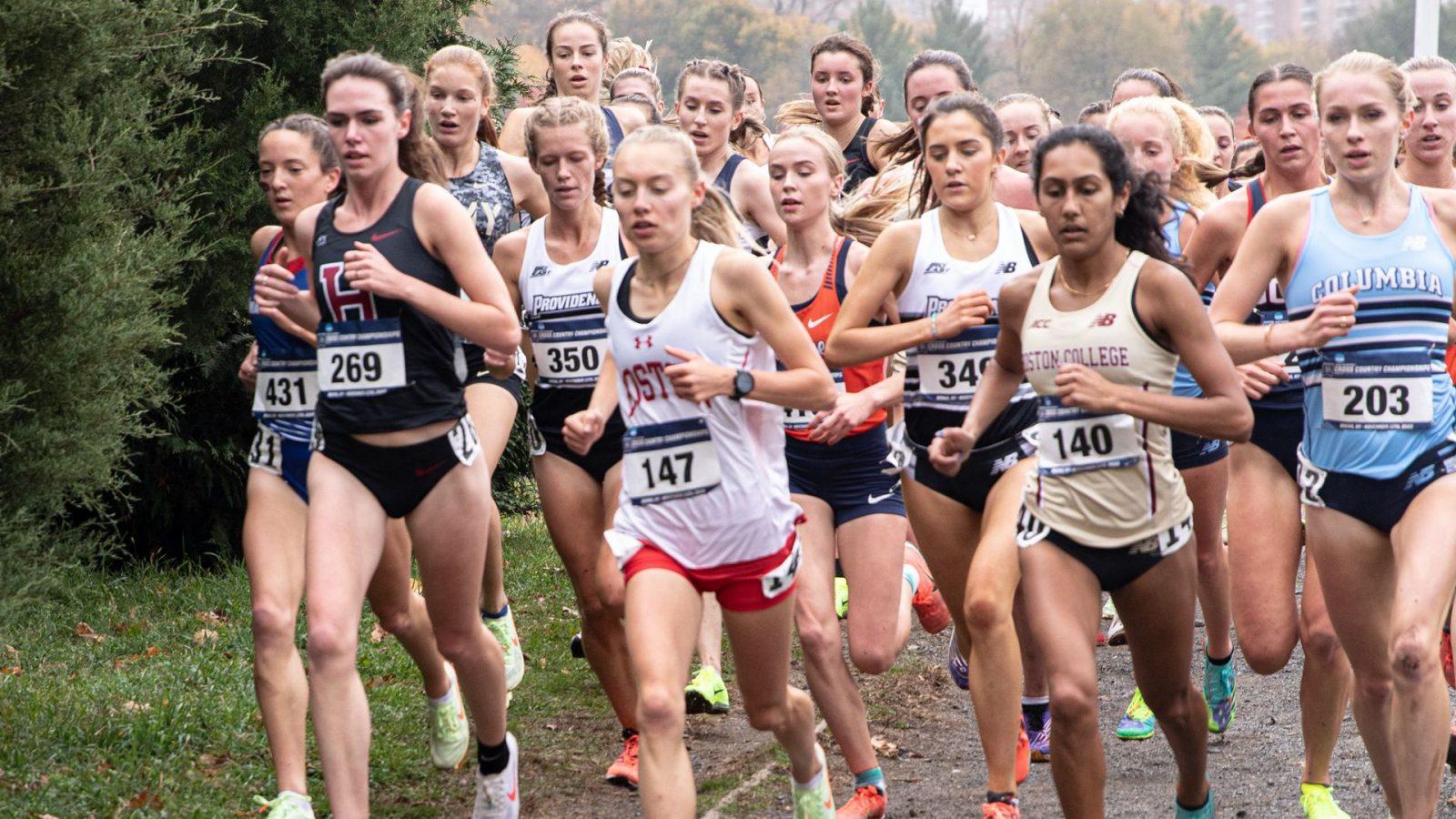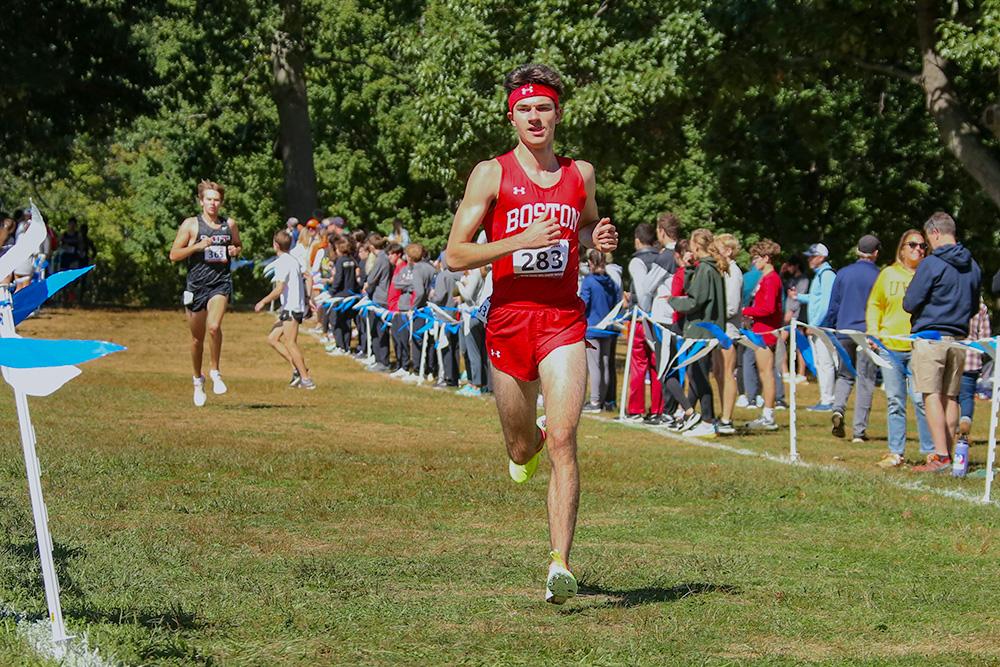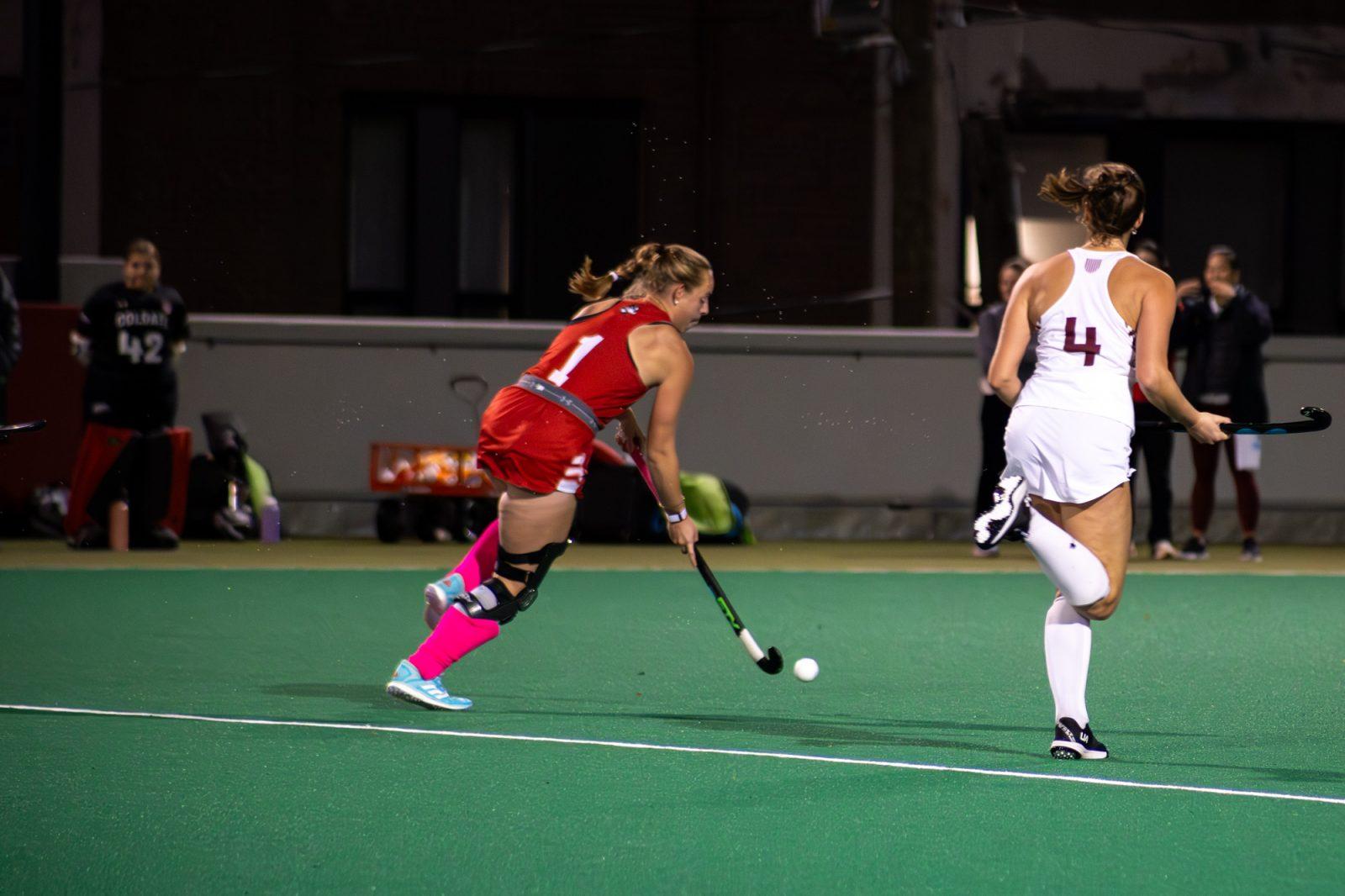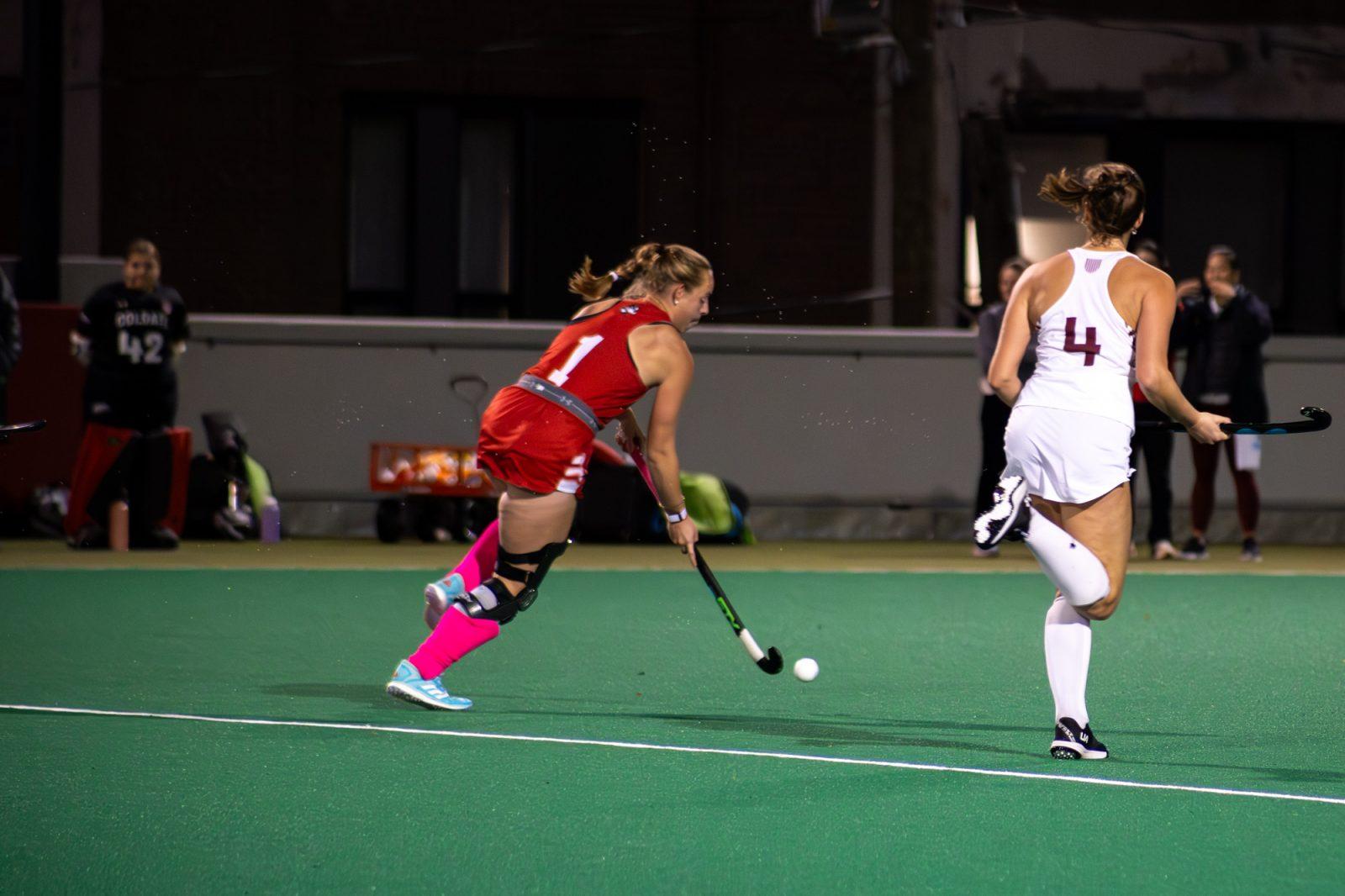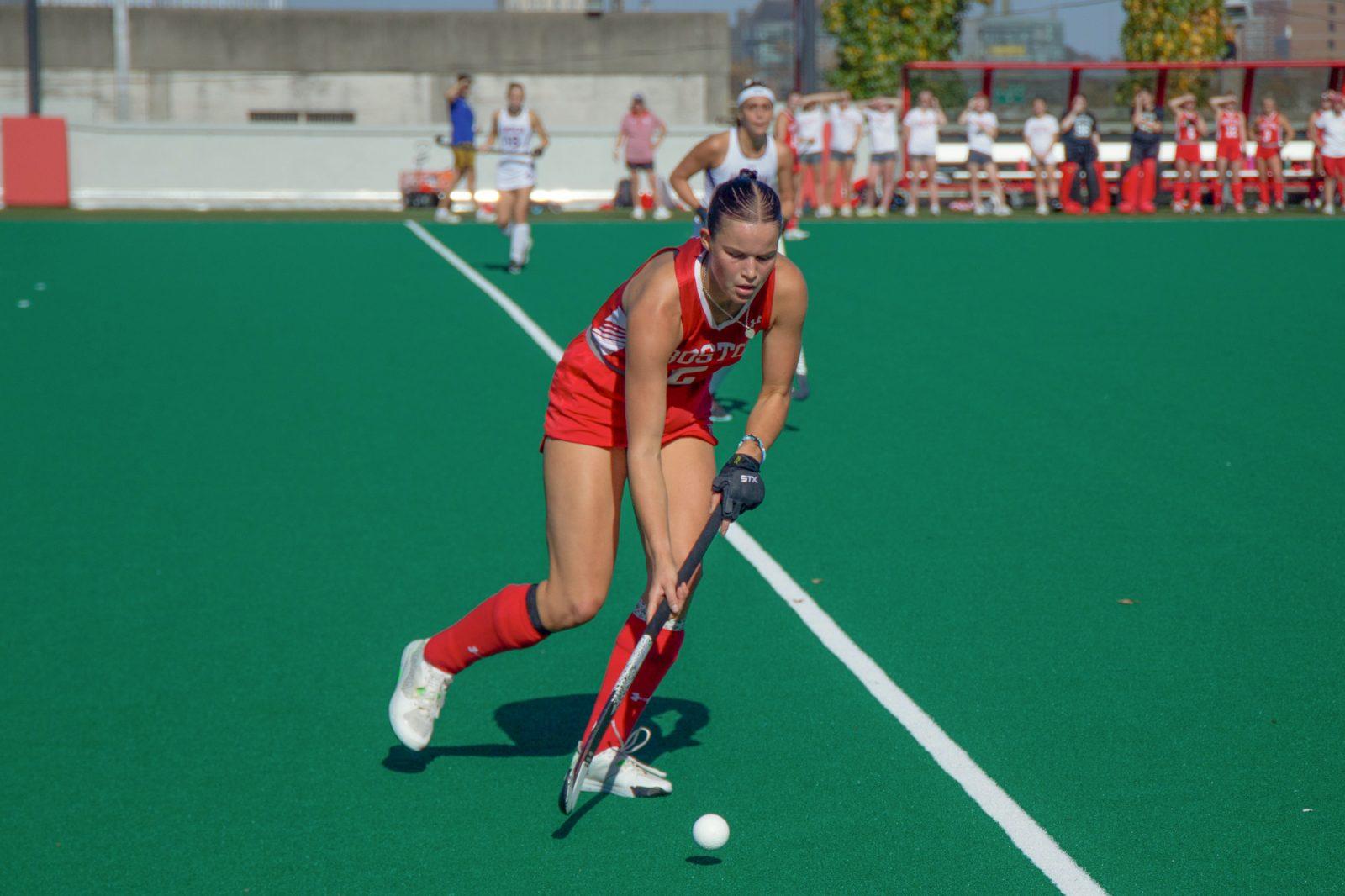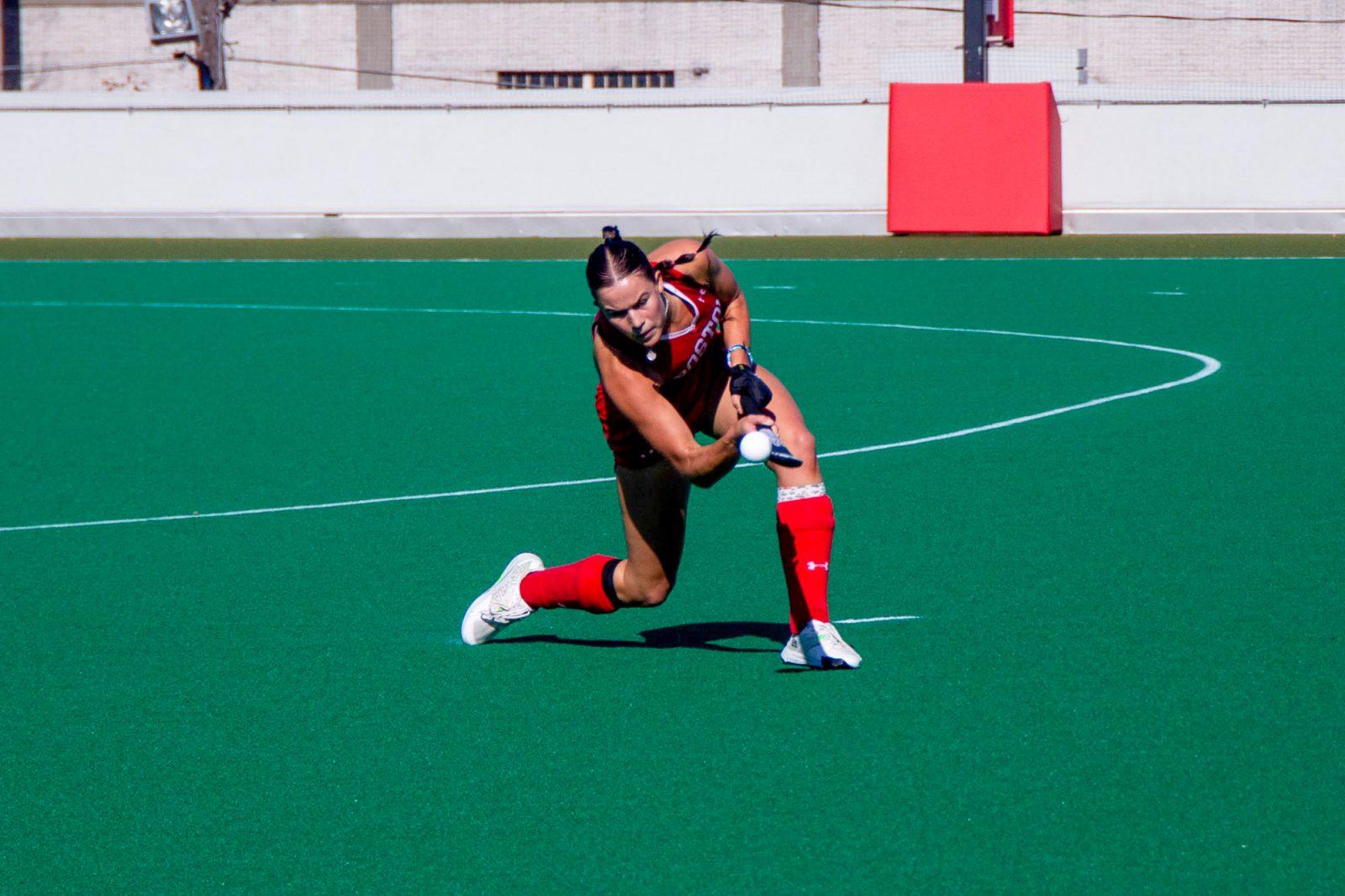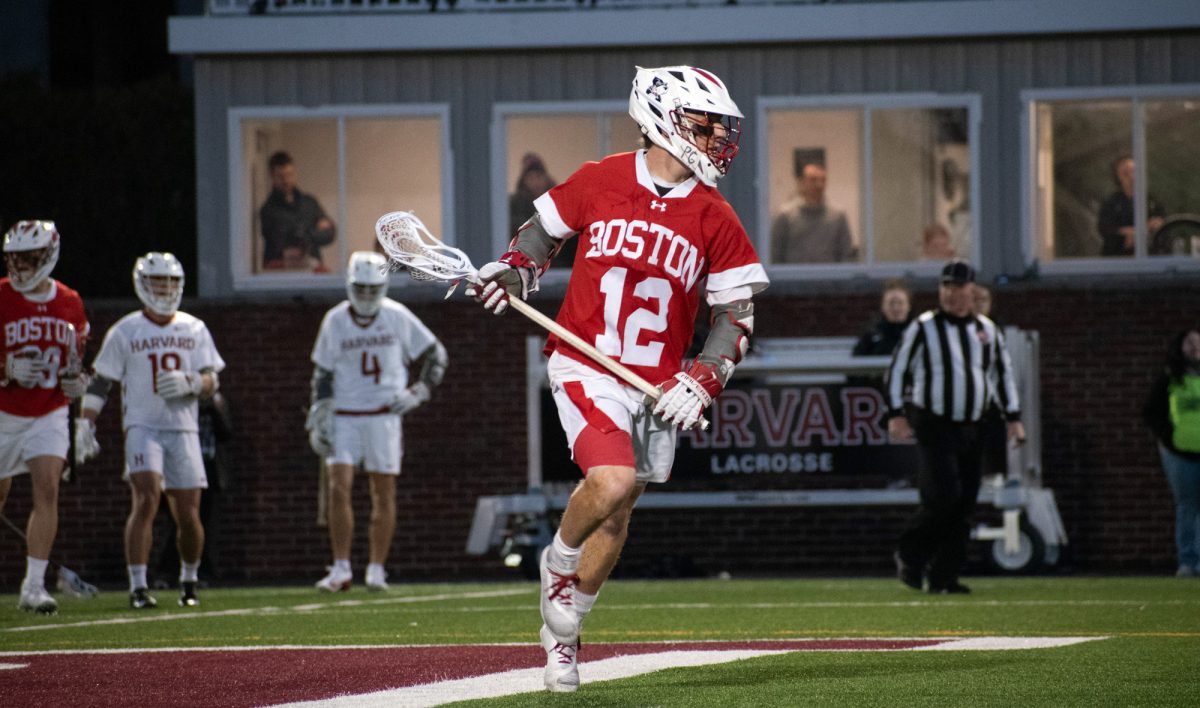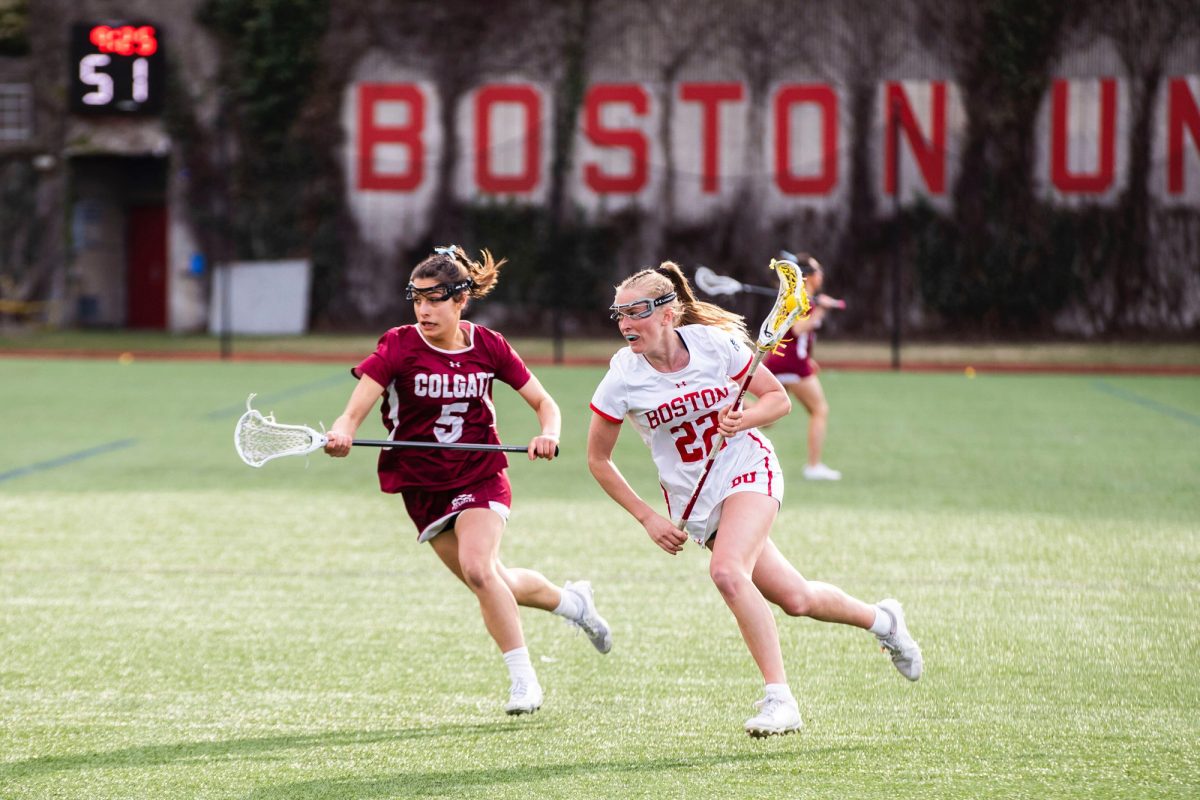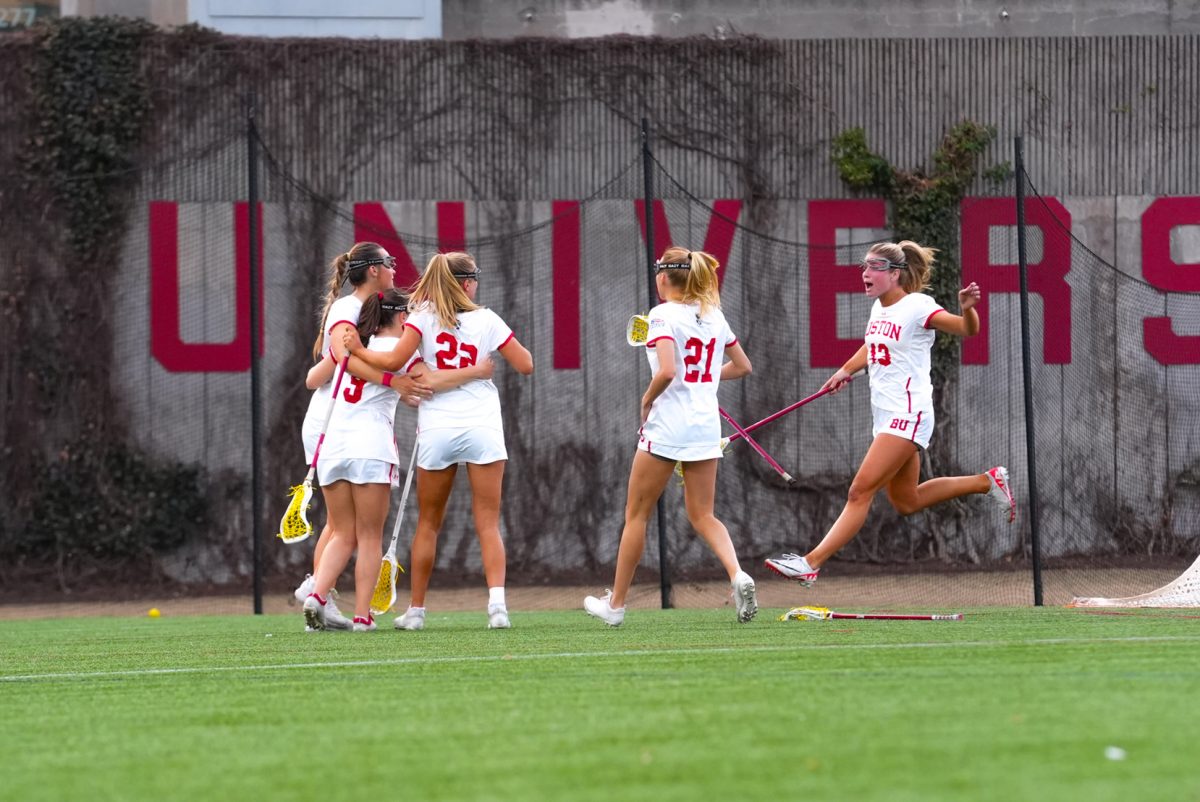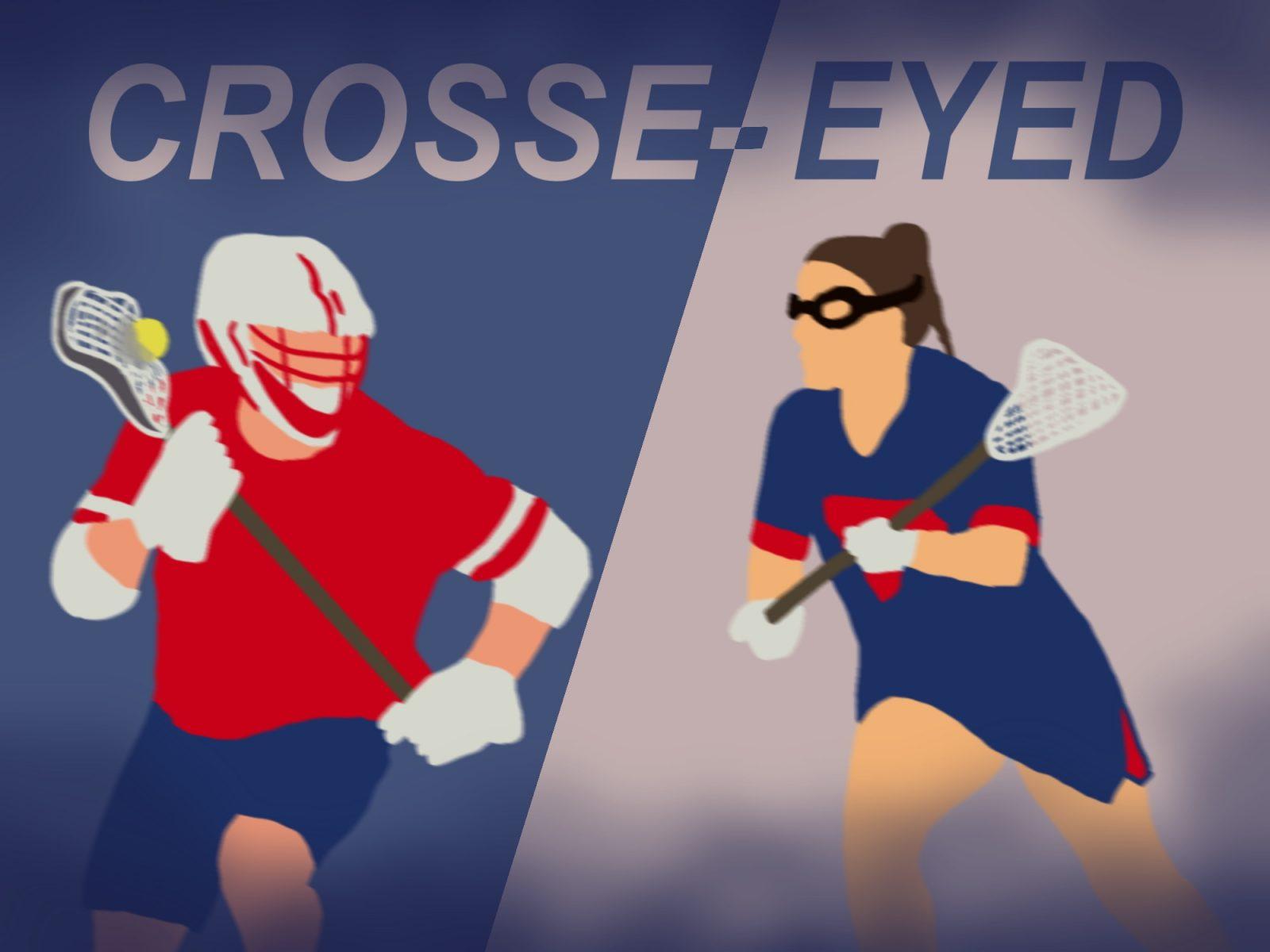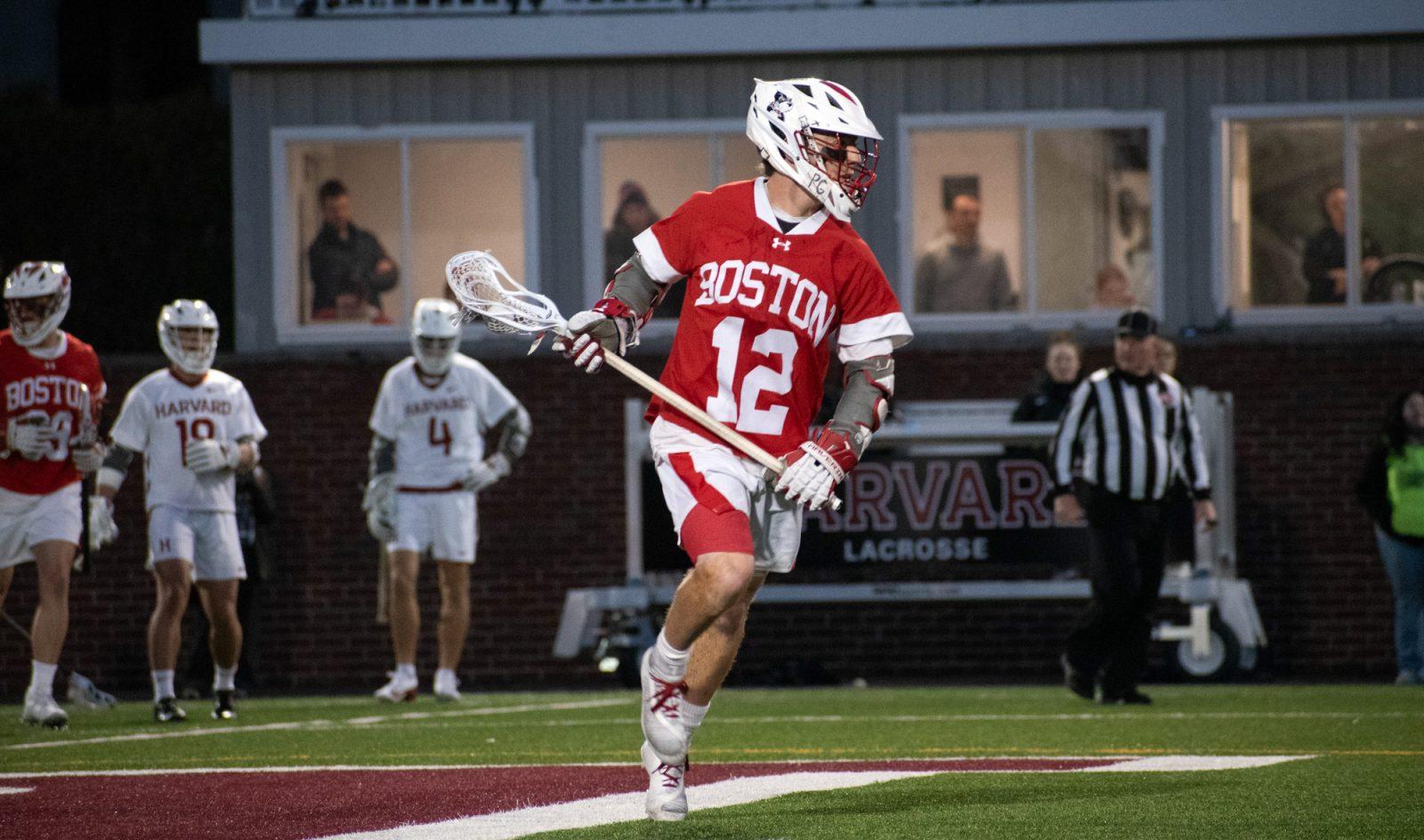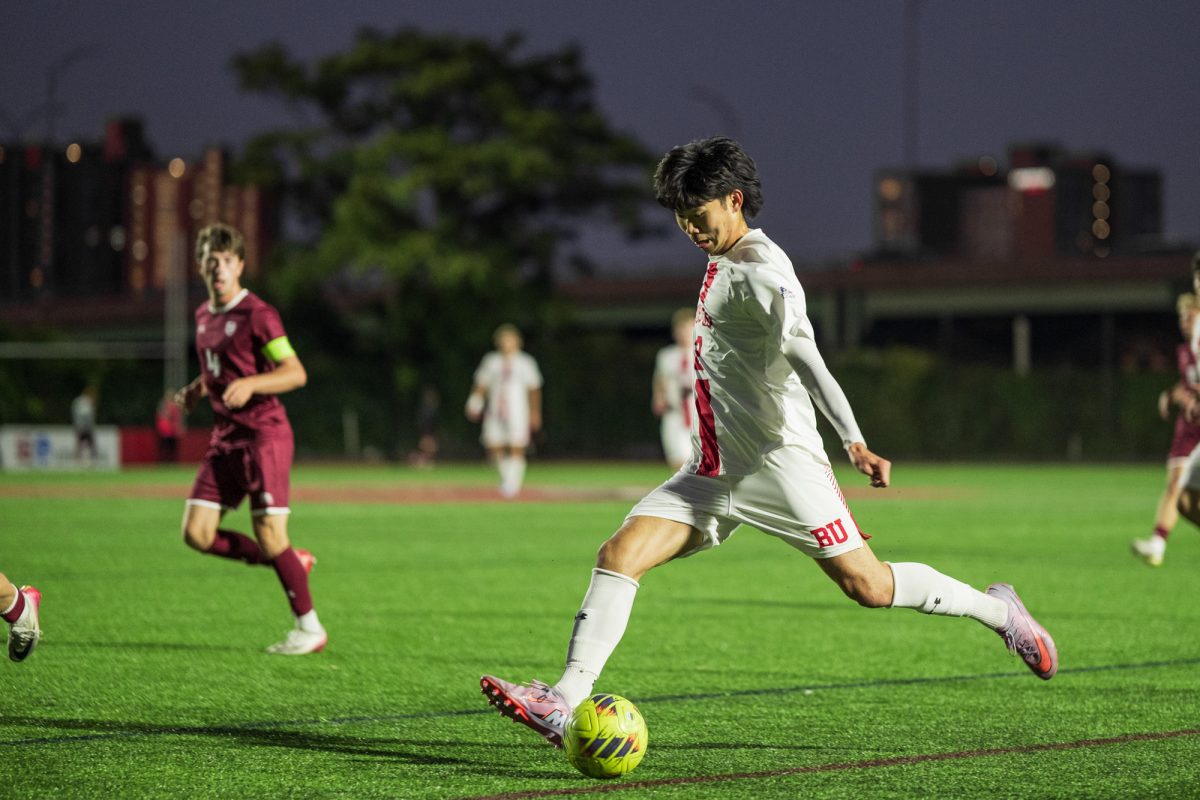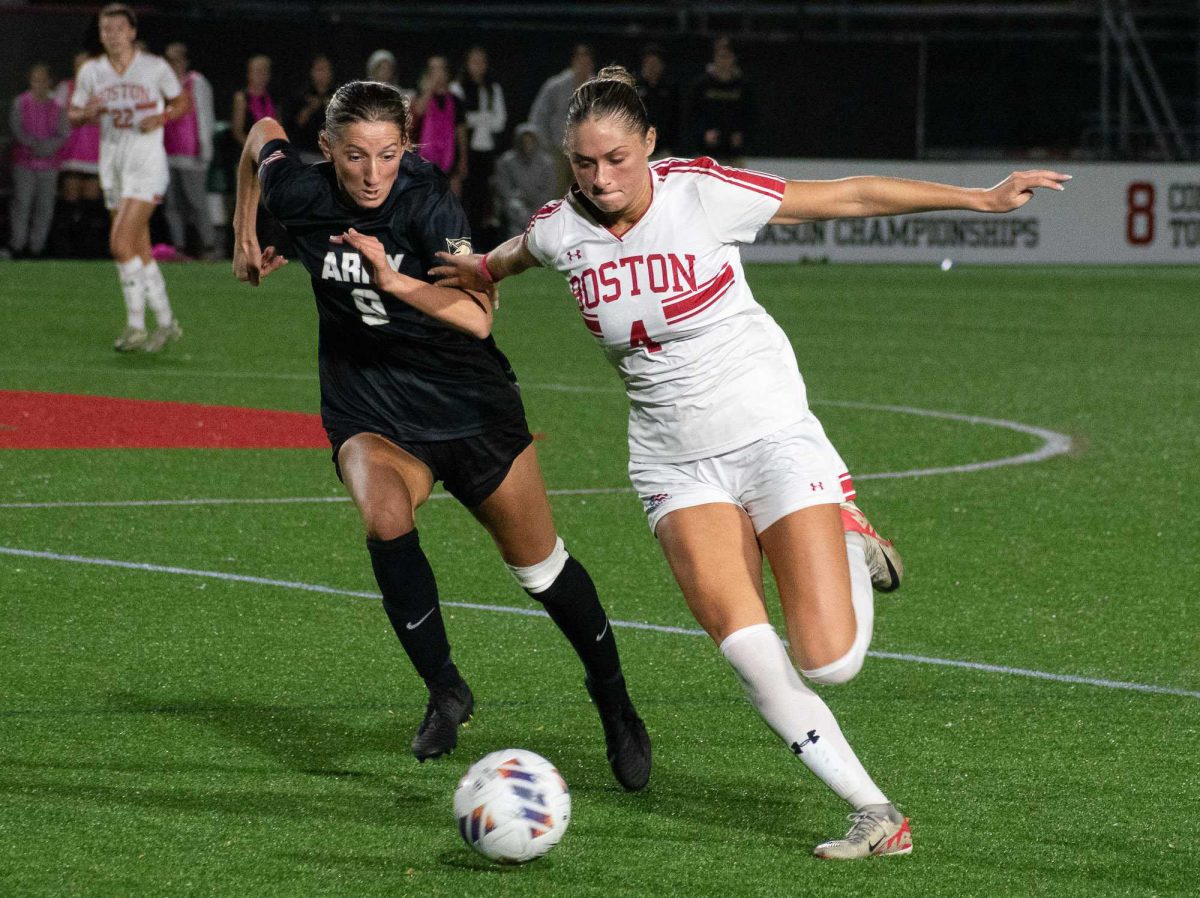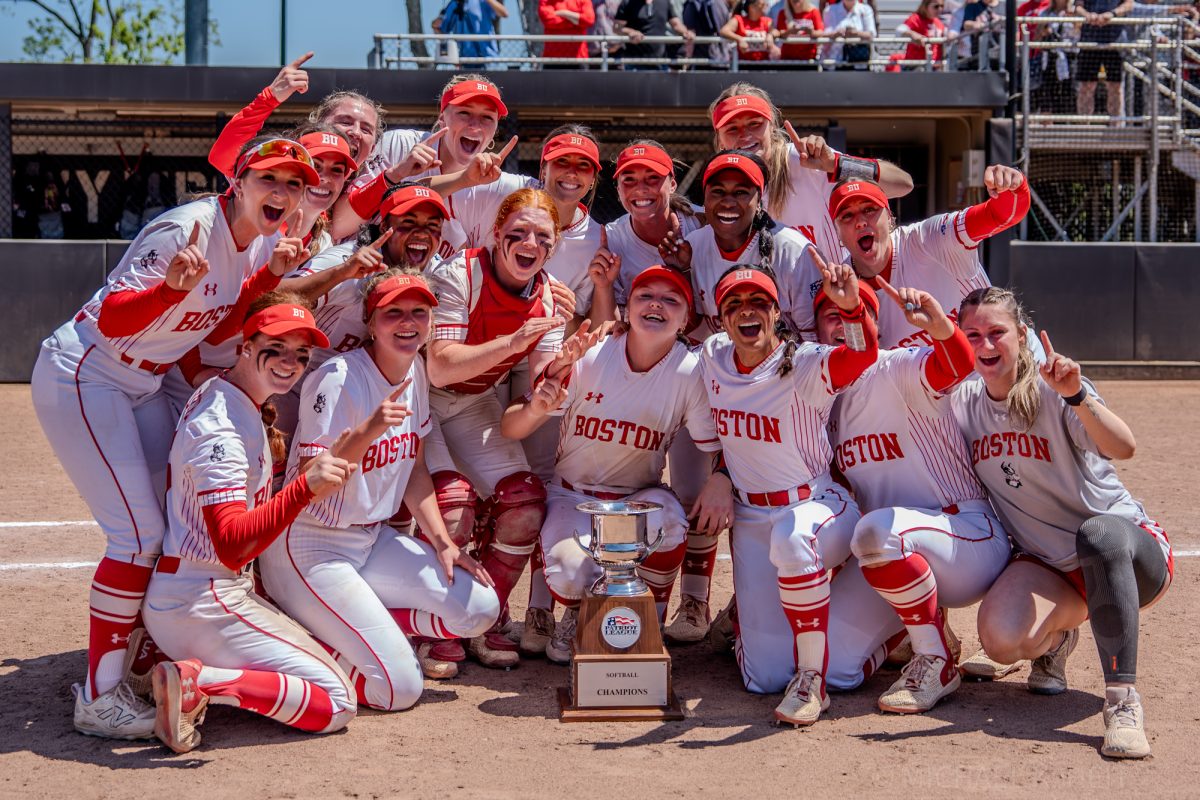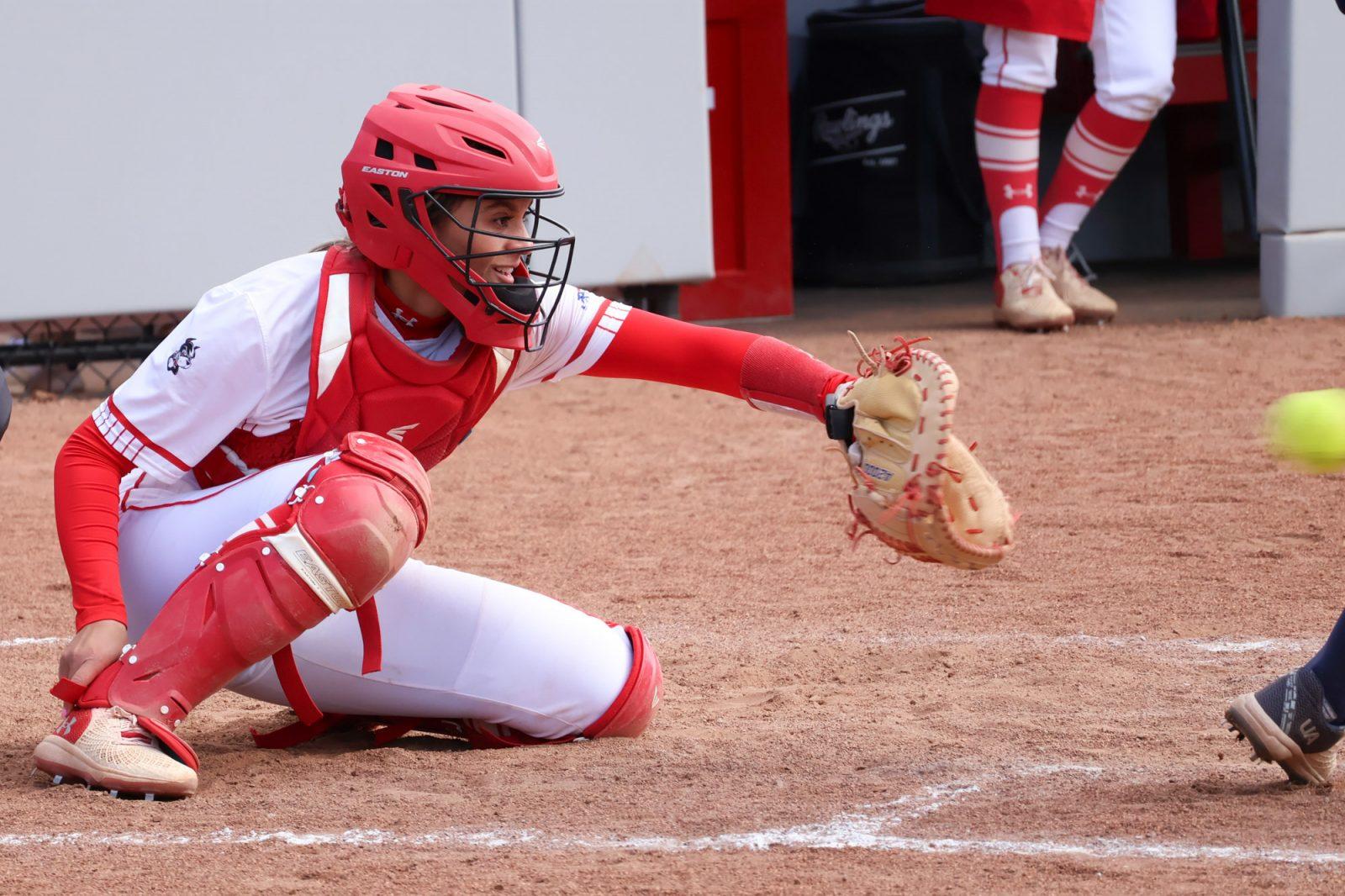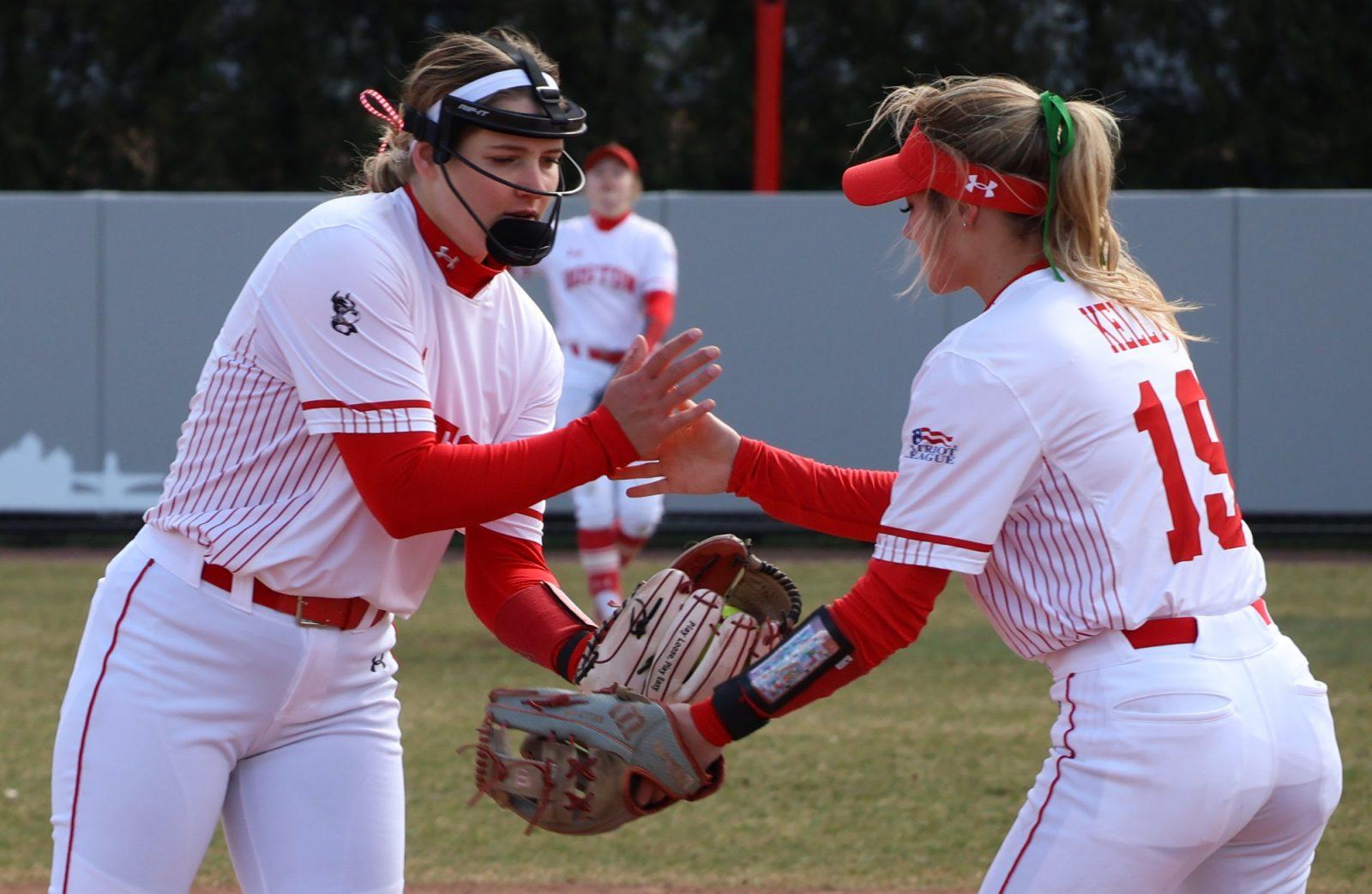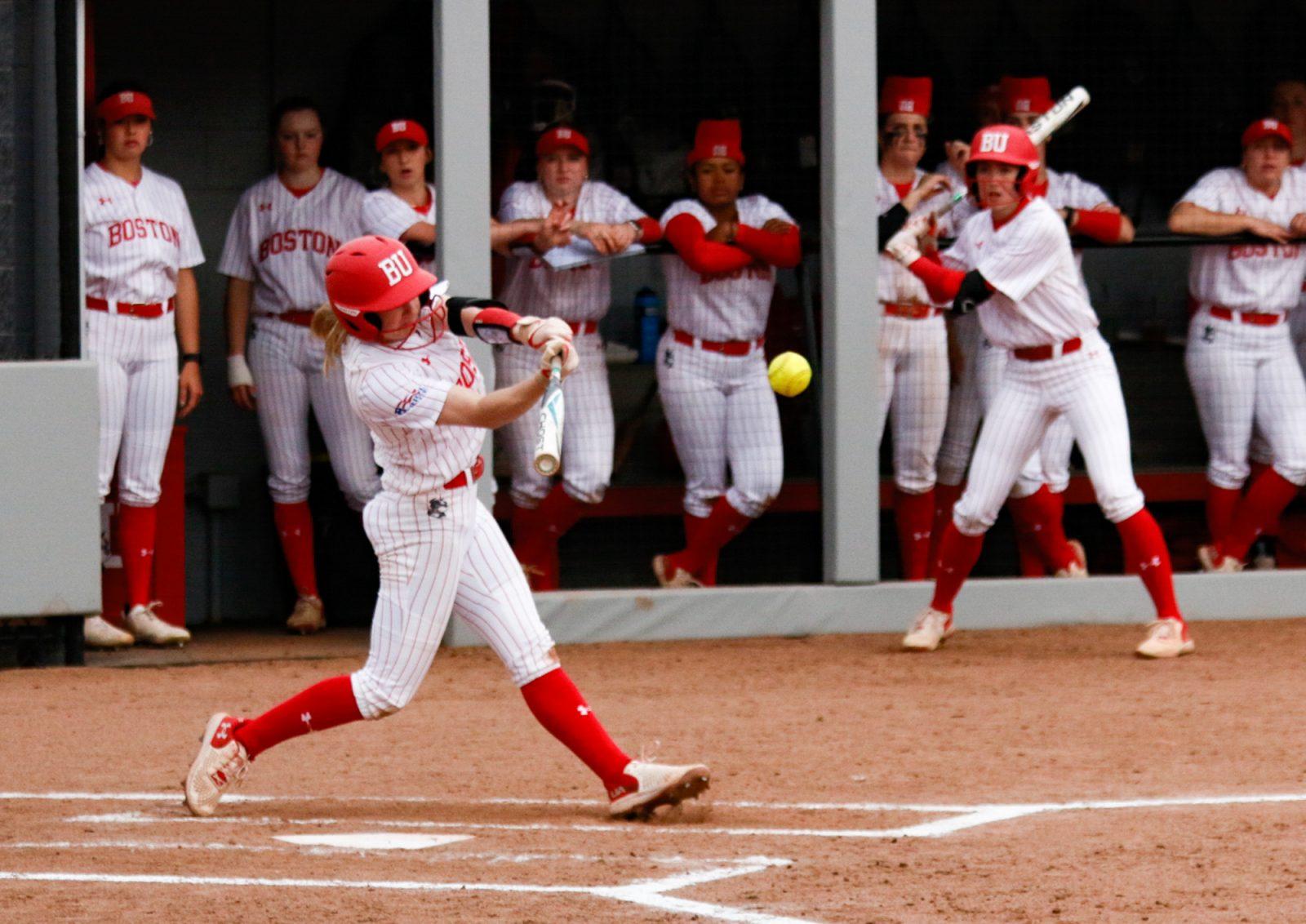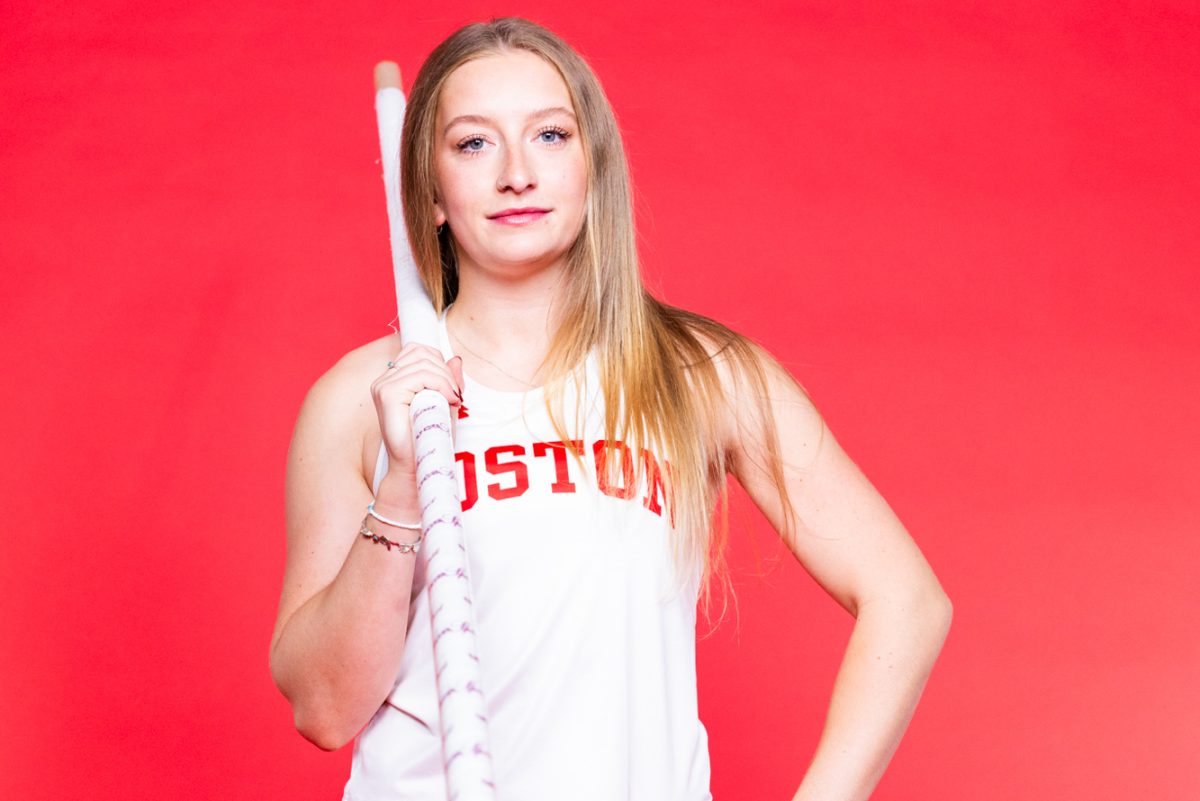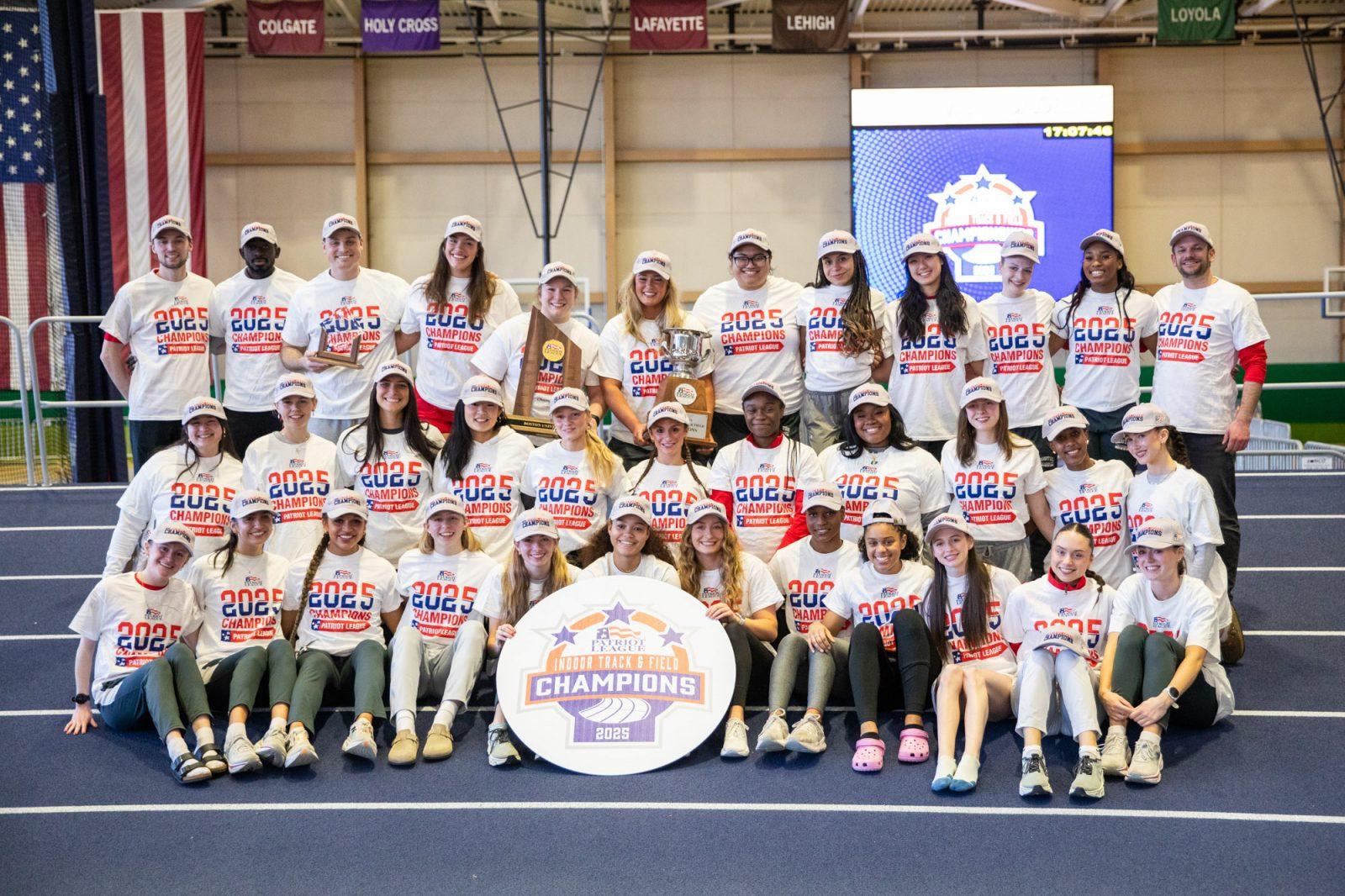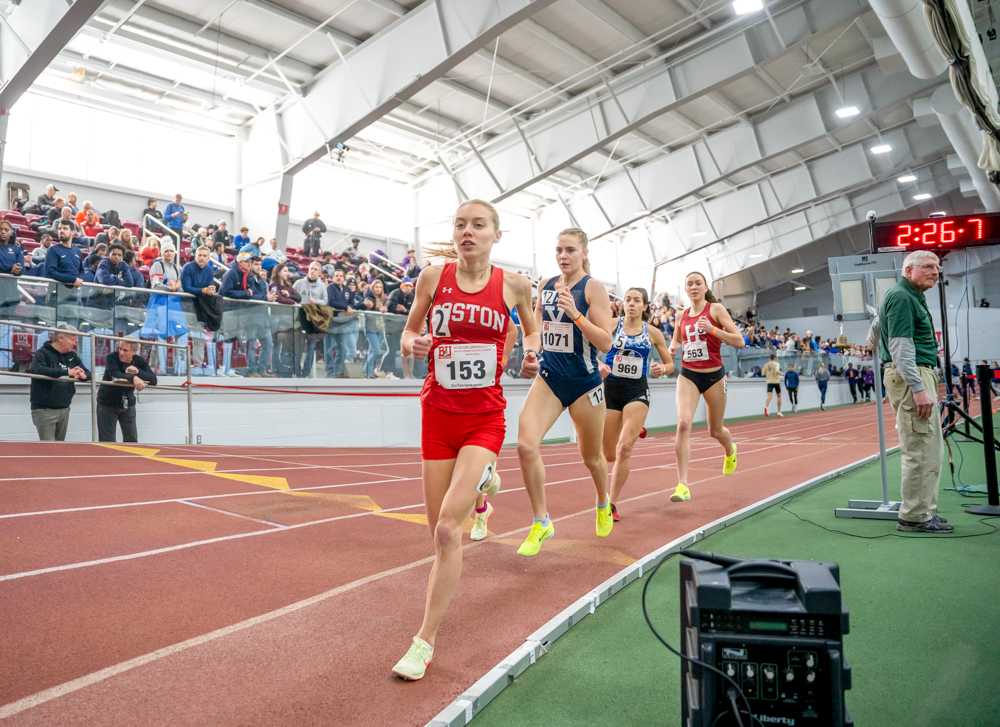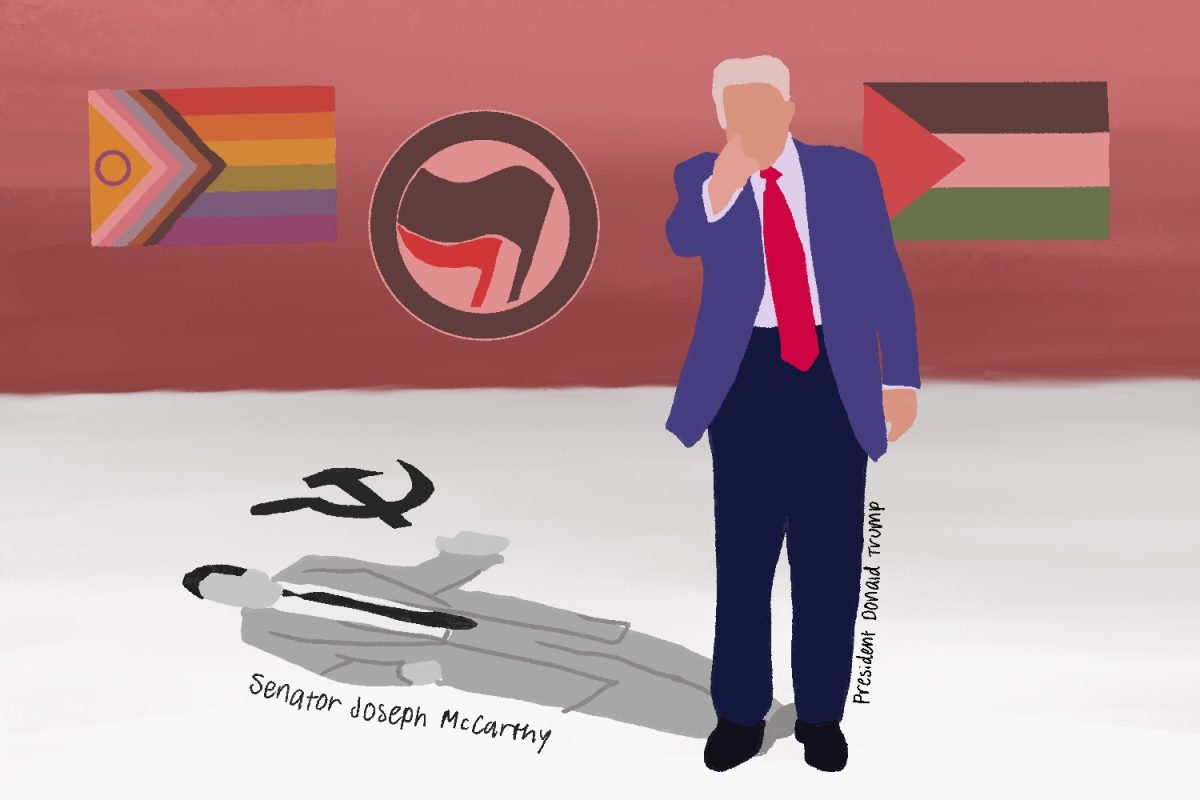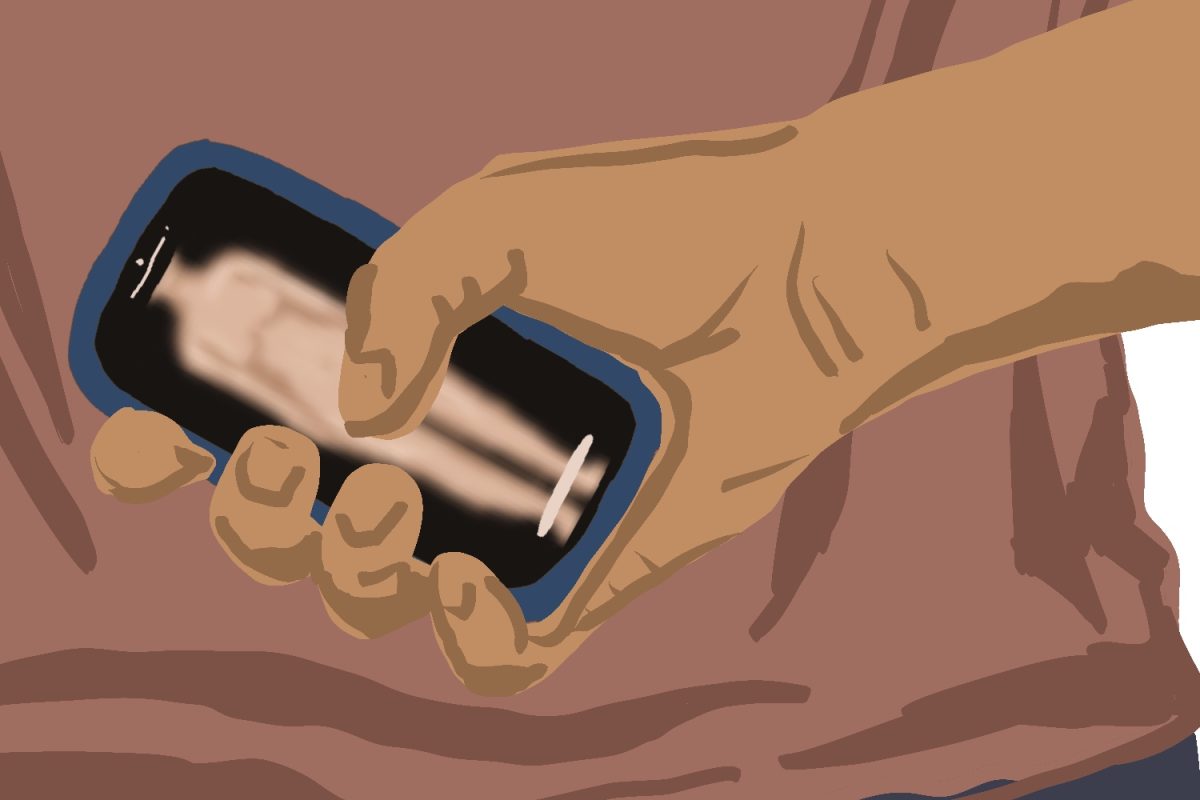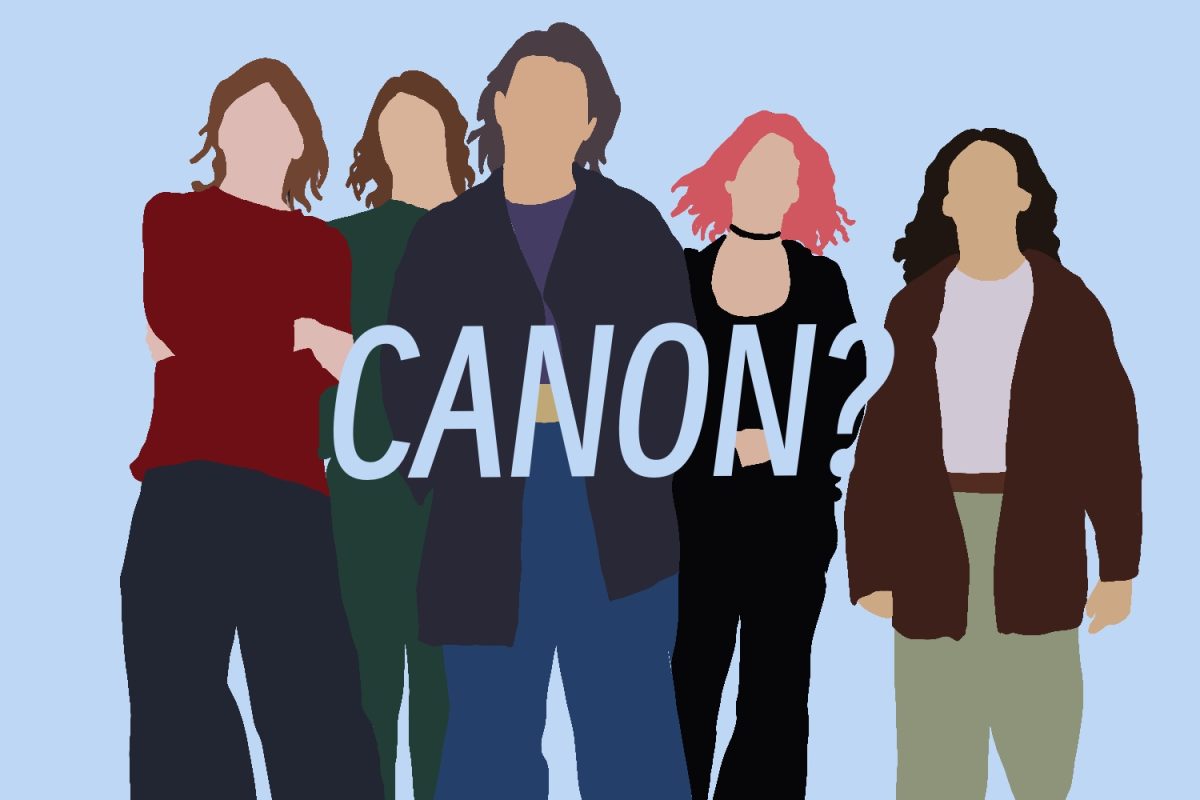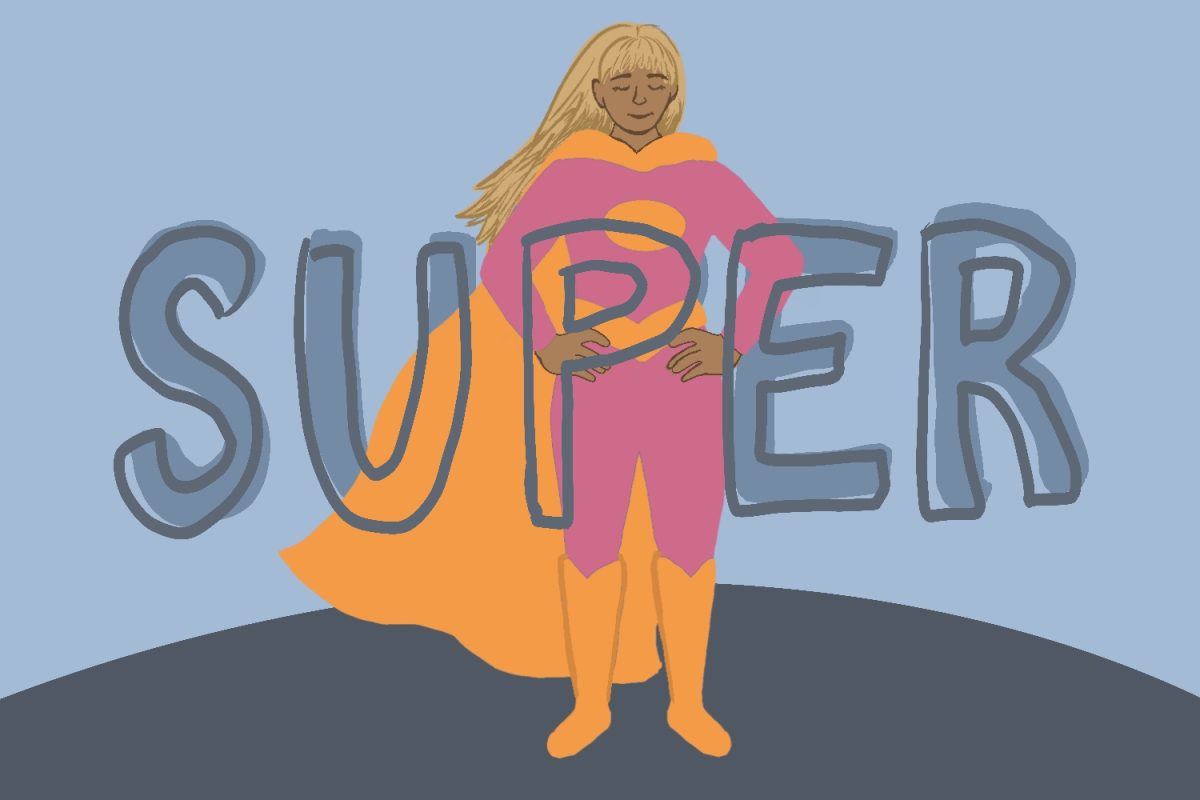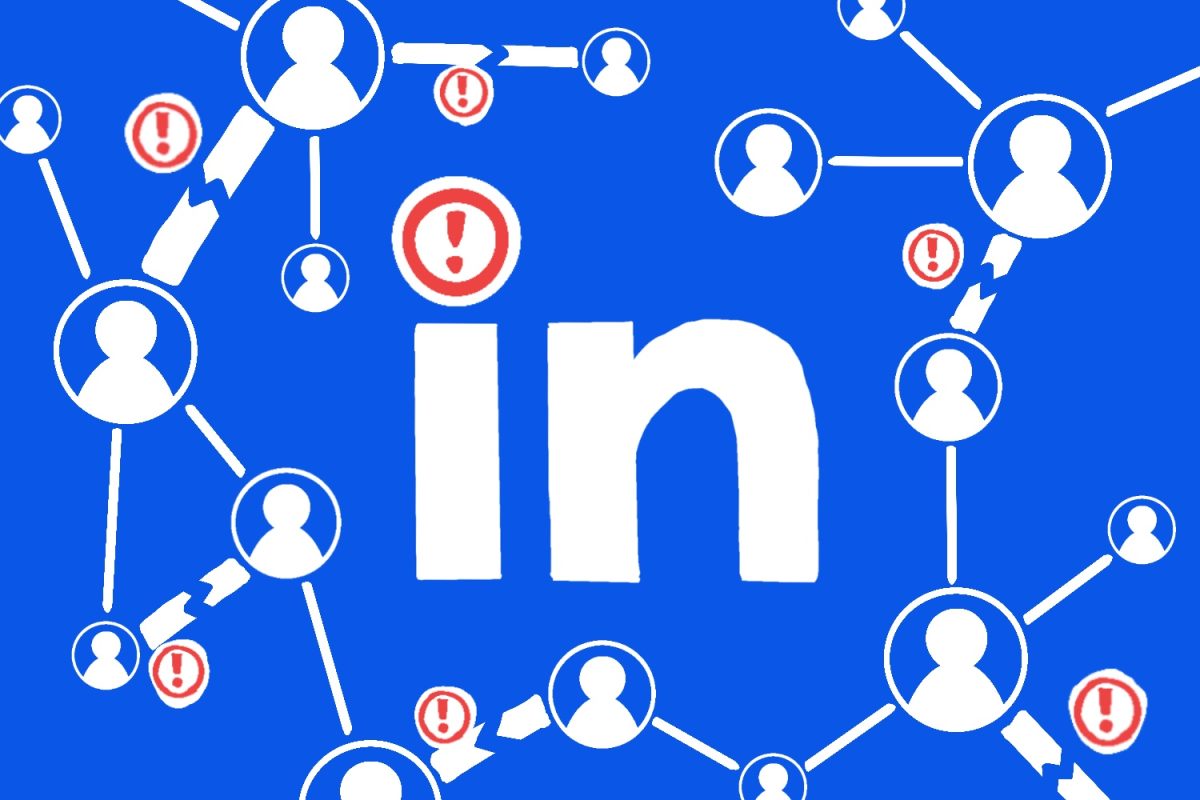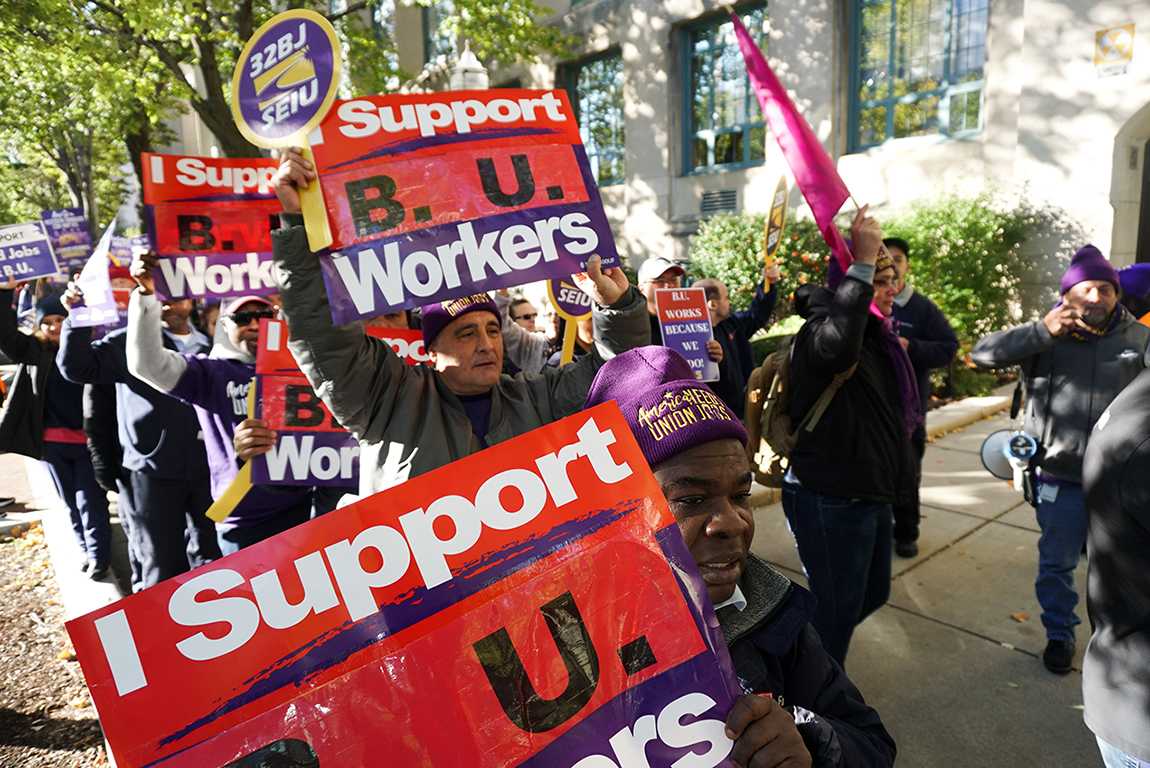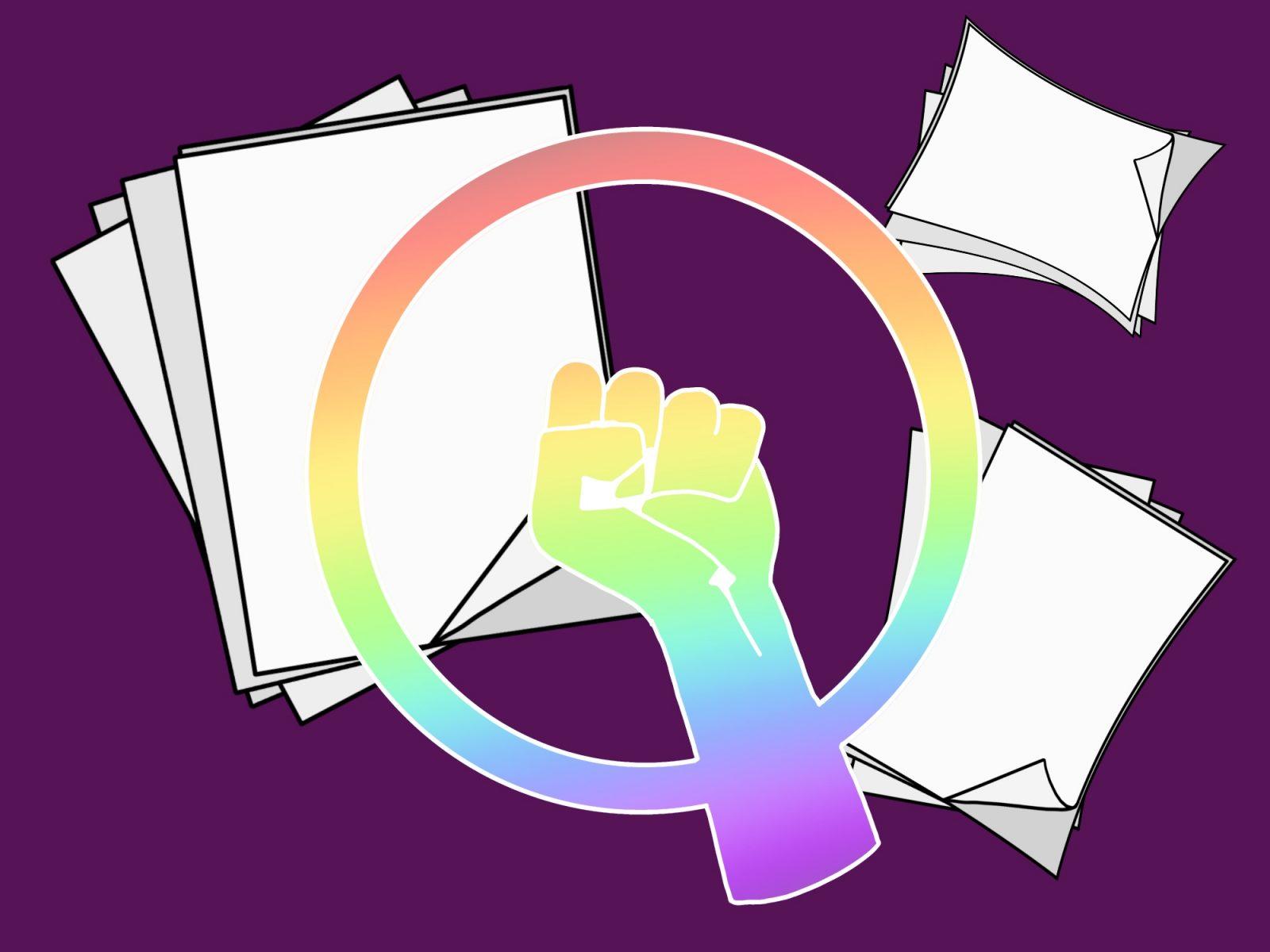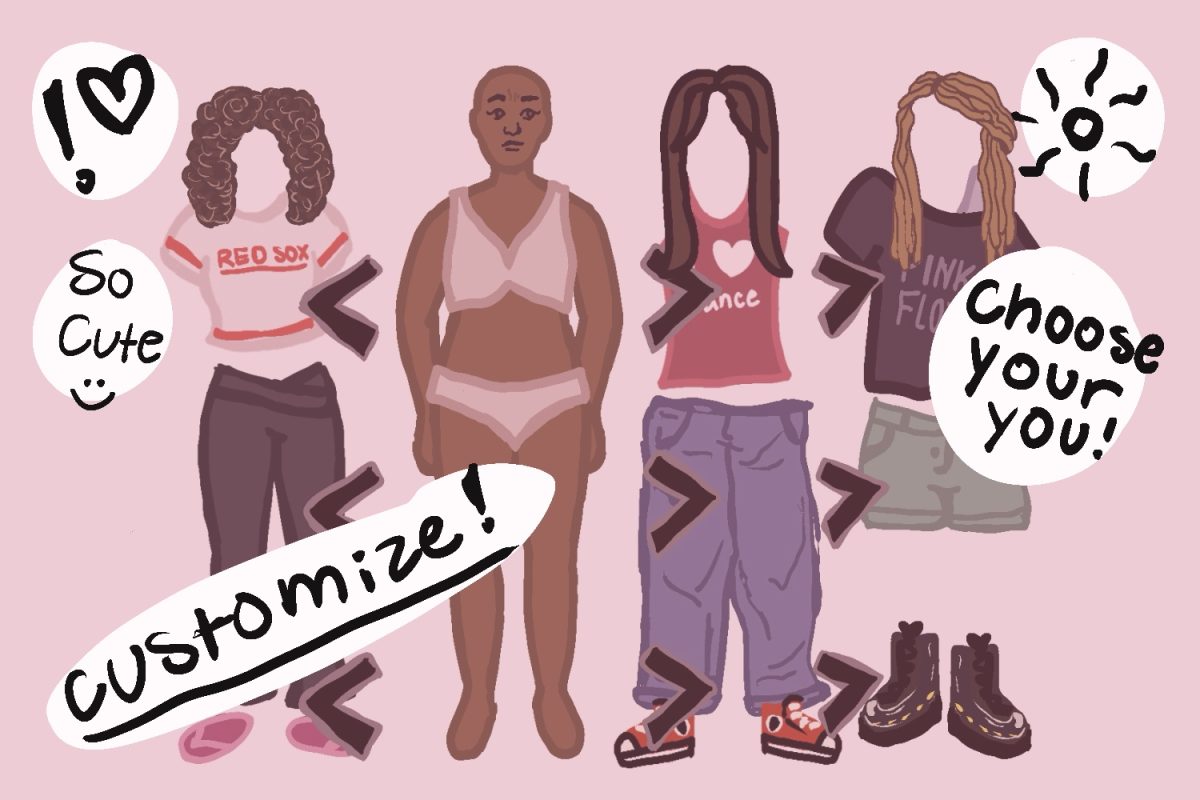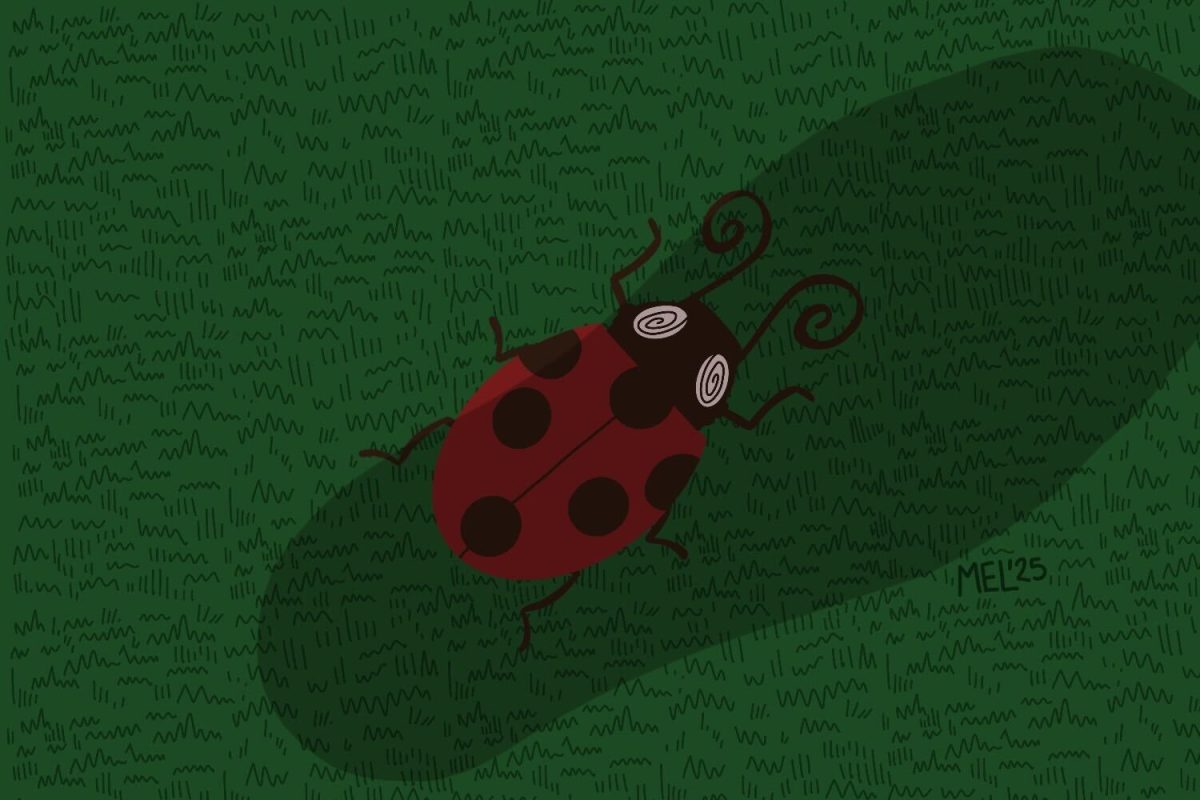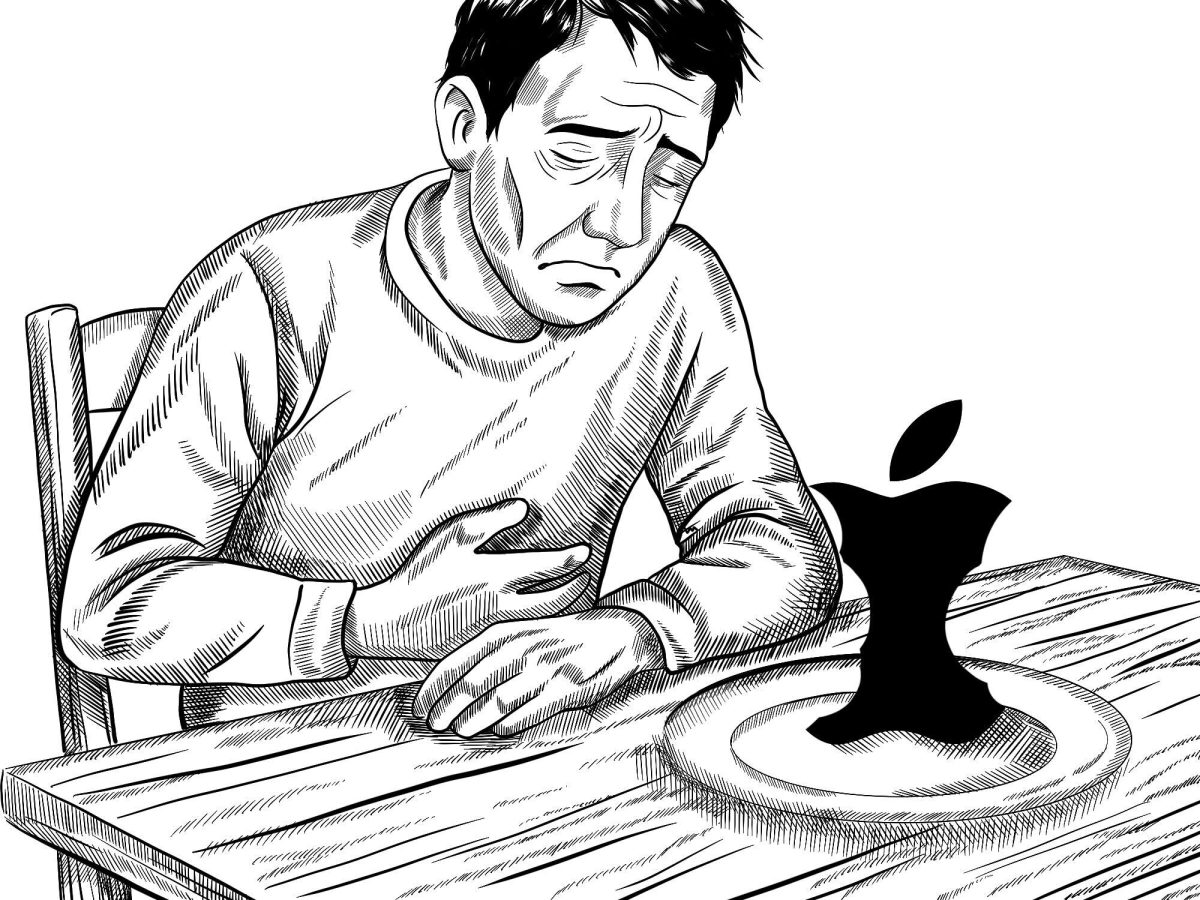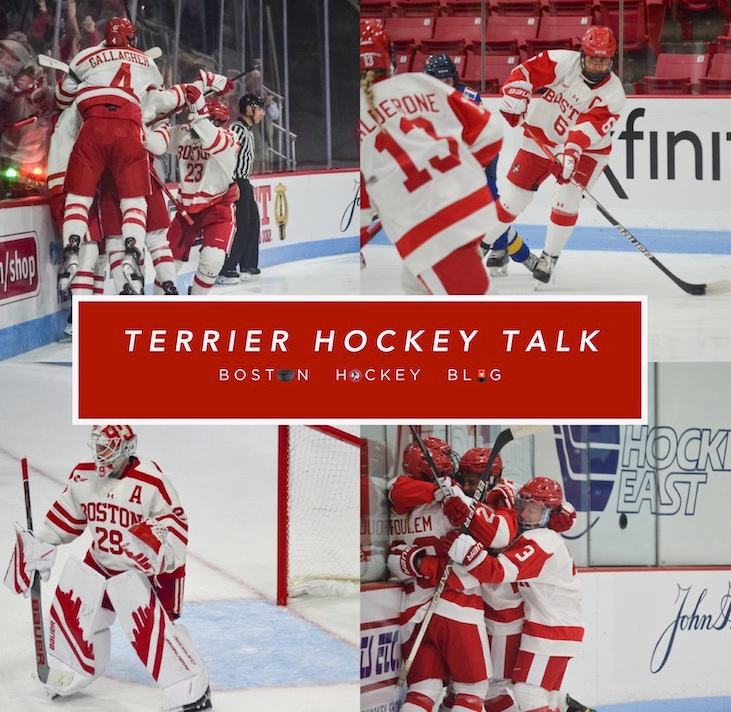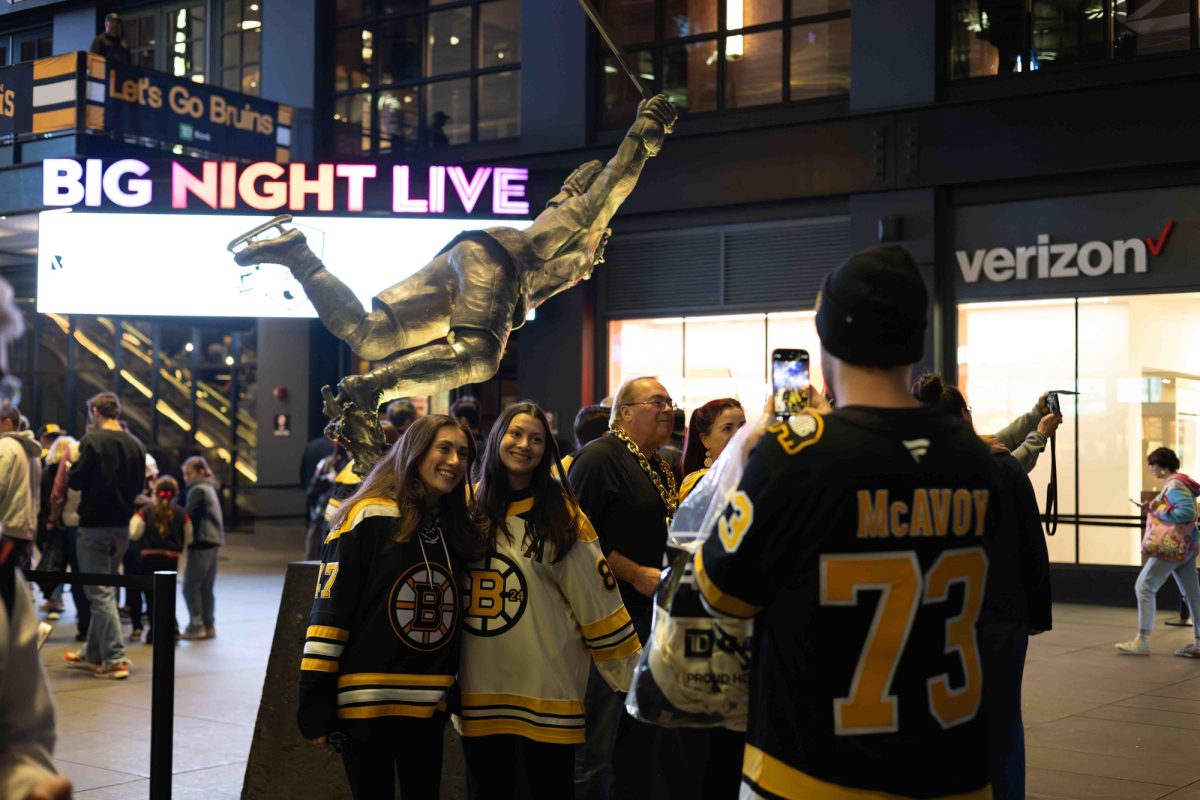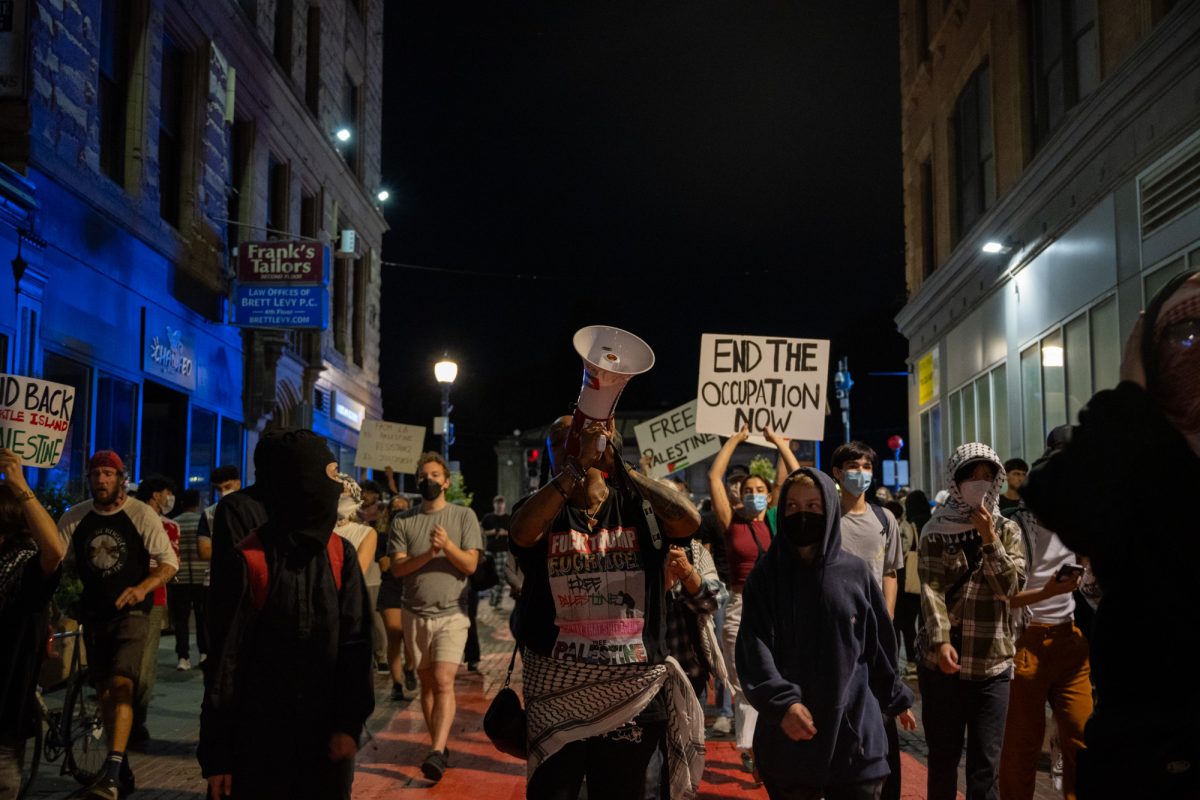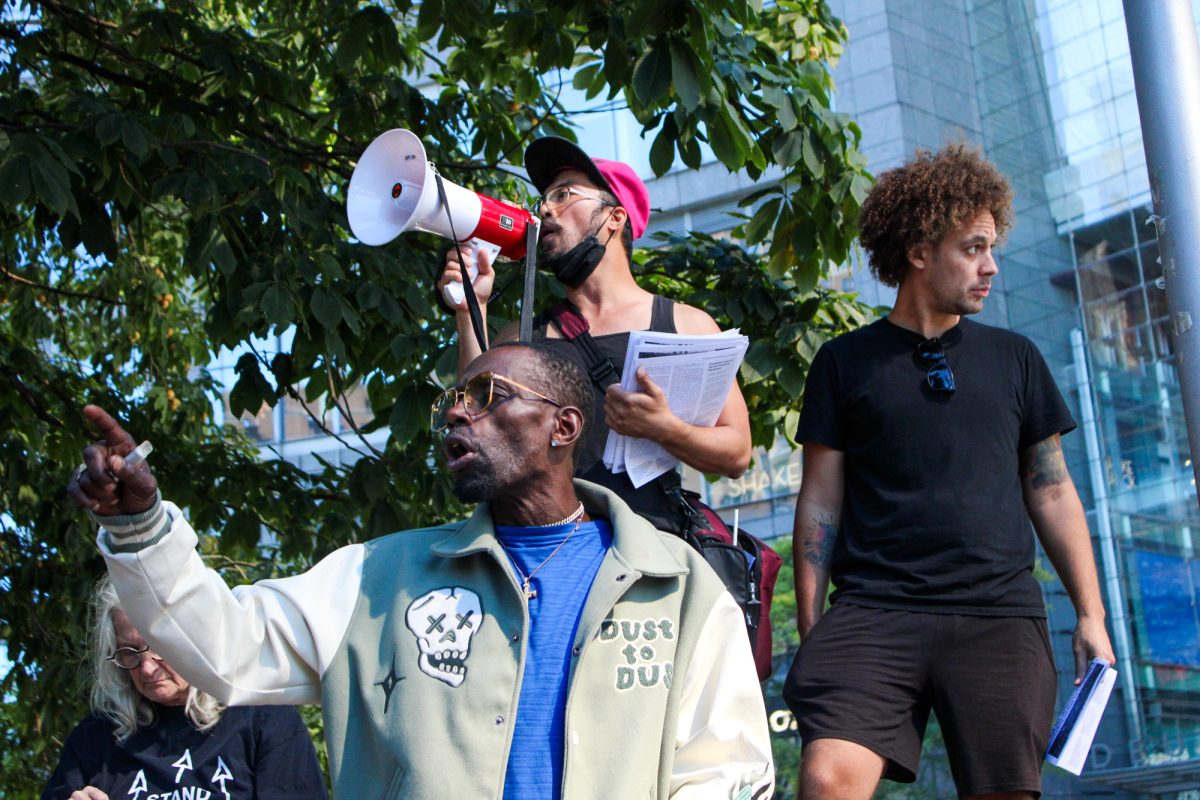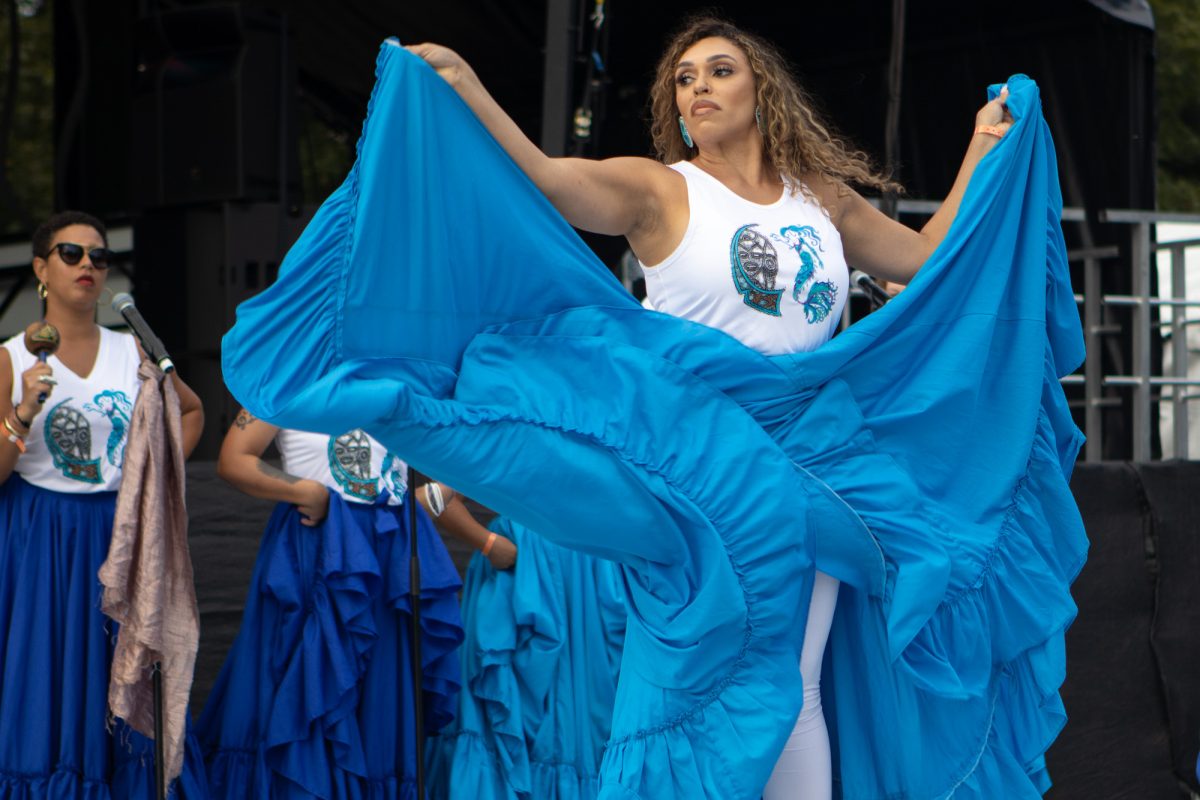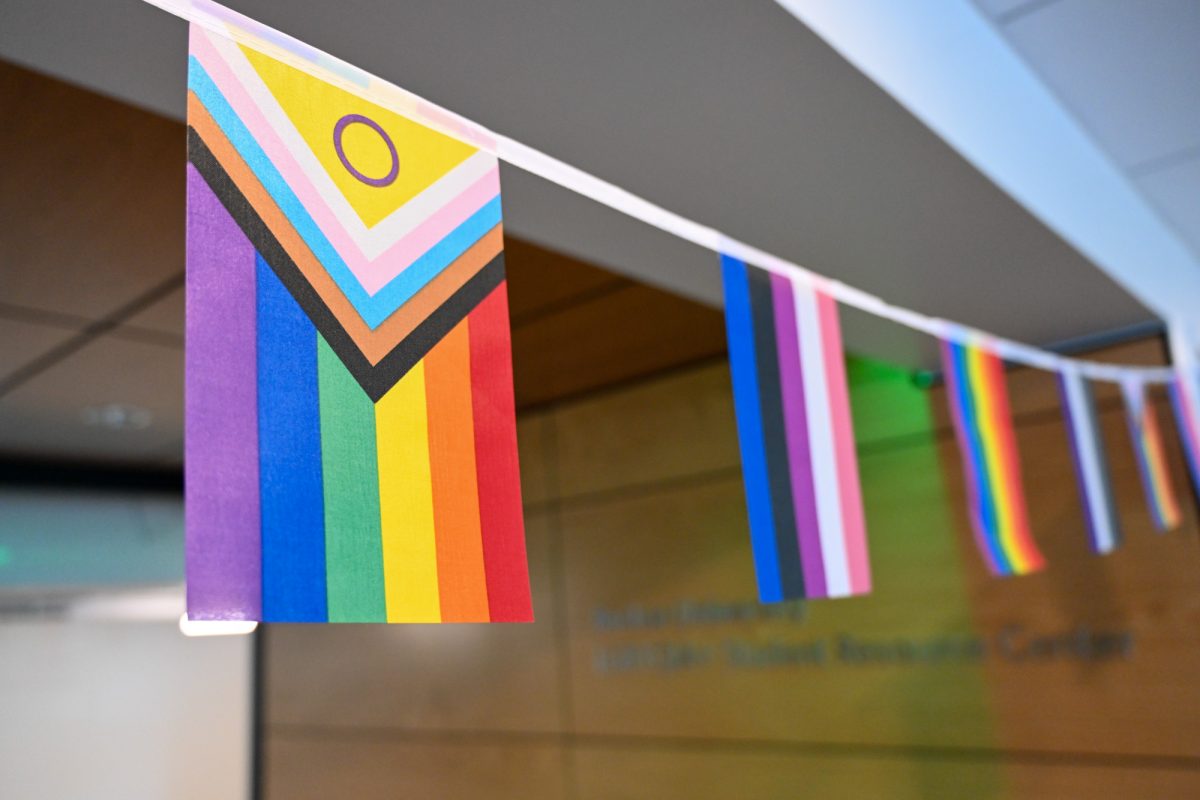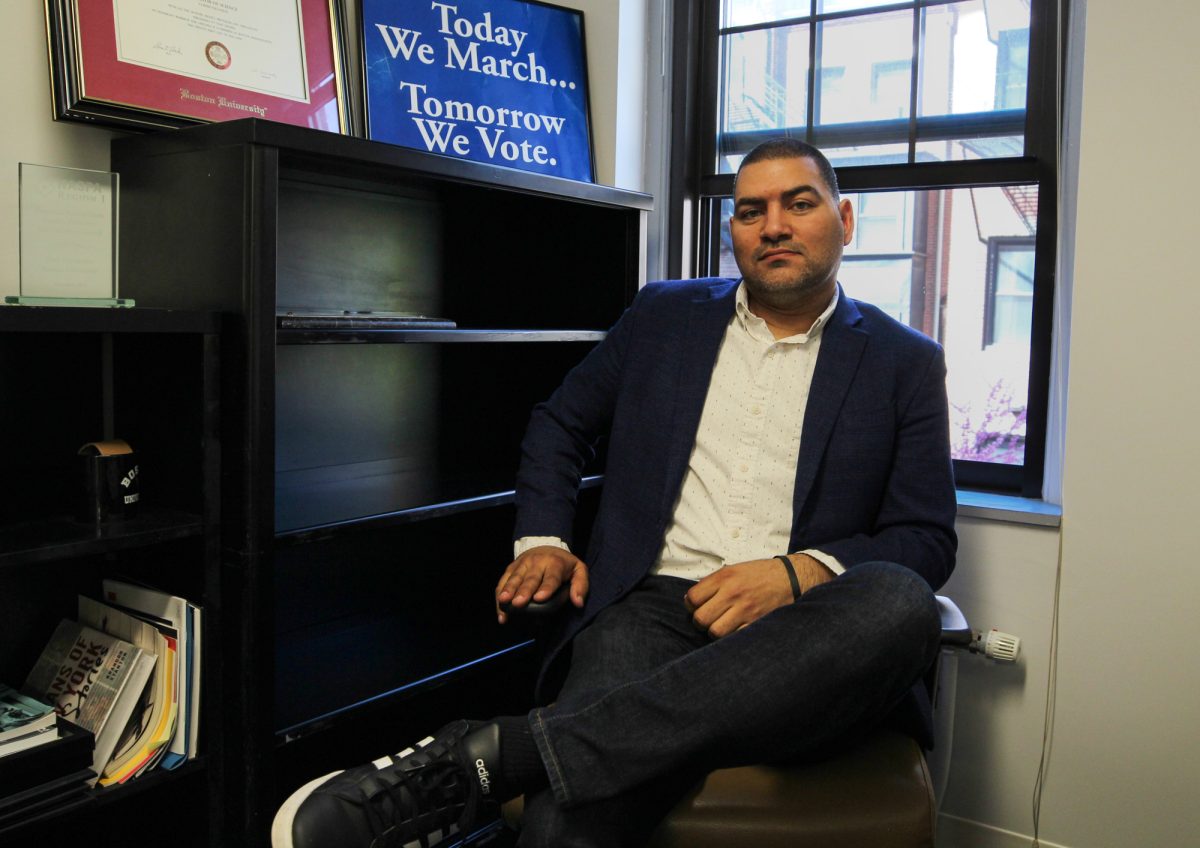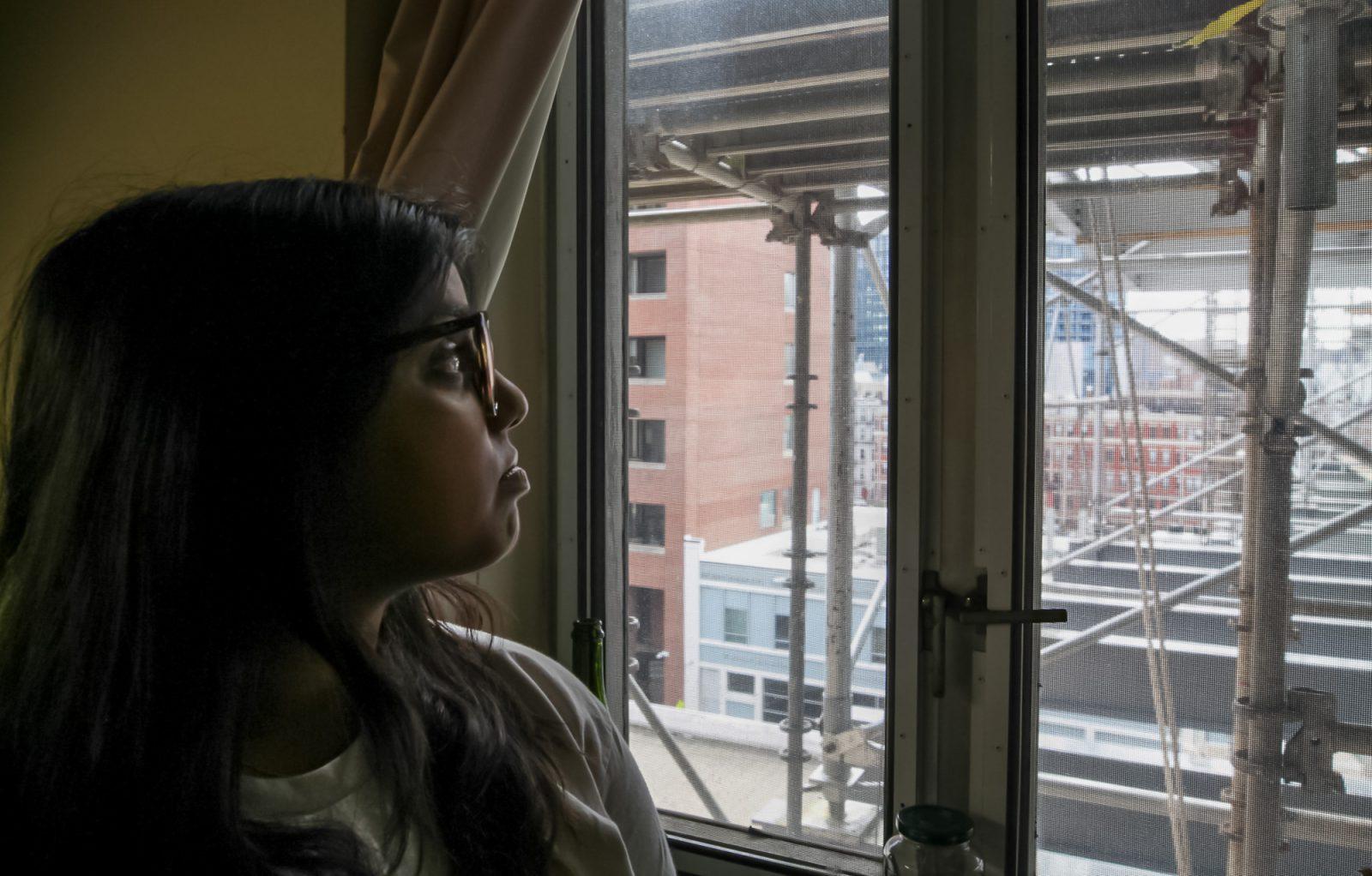The NHL is back, but the 2025-2026 season looks very different than its past 11 years. For the first time since the 2014 Winter Olympics, NHL players will be allowed to represent their country at the quadrennial sporting spectacle.
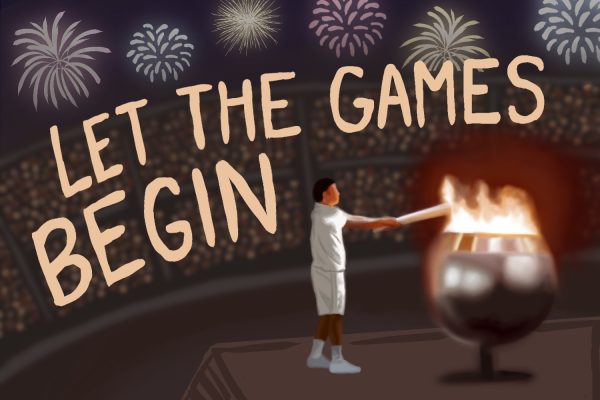
Next year’s Olympics will be hosted Feb. 6-25 in Milan and Cortina d’Ampezzo, Italy, and surrounding areas. To accommodate players, the NHL season will take a 19-day break from Feb. 5-25. This break is longer than the 4 Nations Face-Off’s 12-day break last season and the typical All-Star break, which lasted three days in the 2022-23 season.
The Winter Olympics have not been the same without the presence of the world’s best hockey players, who have produced some of the most iconic moments of international hockey.
American forward T.J. Oshie etched himself into American Olympic history when he scored on four of his six shootout attempts to give the United States the extra point in a 2-2 tie against Russia in 2014.
Four years before that, Canadian forward Sidney Crosby scored the “Golden Goal” in overtime to help Canada defeat the U.S. at home in Vancouver and secure a gold medal.
In the NHL players’ absence, the past two editions of the Olympics have featured players from the American Hockey League, leagues in Europe and college-level players.
The reality, however, is that the lower levels of talent draws a smaller audience.
Four years after the Sochi Olympics, the men’s hockey final in Pyeongchang drew record-low numbers. Viewership was down 71%, with only 1 million viewers tuning in on NBCSN, compared to the 3.6 million from 2014. Looking at the game in Vancouver another four years before that, viewership was down 96%.
The Beijing Games also saw a decrease in viewership overall. About 10.7 million people tuned in per night to the two-week event on average — down from 17.8 million during the Pyeongchang Games.
If doubt remains that the return of NHL players at the Olympics will not draw more viewers, look no further than the NHL’s round-robin tournament — 4 Nations Face-Off — this past February.
Deviating from the typical All-Star Game, the tournament featured players from Canada, Finland, Sweden and the U.S.
It was the second-most watched hockey game this decade, trailing only Game 7 of the 2024 Stanley Cup Final. The final of the 4 Nations Face-Off drew 16.1 million viewers in North America.
Additionally, the entire tournament had an average viewership of 6.5 million viewers in North America — a 256% increase from the 2016 World Cup of Hockey.
4 Nations provided the world a glimpse at how some of the best hockey players perform internationally, something that has not been done in a decade. What makes these upcoming Olympic games so special for the sport is the new stars who have yet to play on this stage.
The world has seen Crosby win two Olympic gold medals — but what about Connor McDavid, who scored the overtime game-winning goal to give Canada victory at the 4 Nations Face-Off? It will be his first time at the Olympics since he made his NHL debut in October 2015.
There is a new generation of players that were drafted in the mid-2010s, like McDavid, starring in the NHL now, and it is their time to shine on the sport’s biggest stage.
Considering how popular the 4 Nations tournament was, it is only safe to assume that all eyes will be on the Olympic hockey tournament next February, when there are more than four countries vying to become champions.


